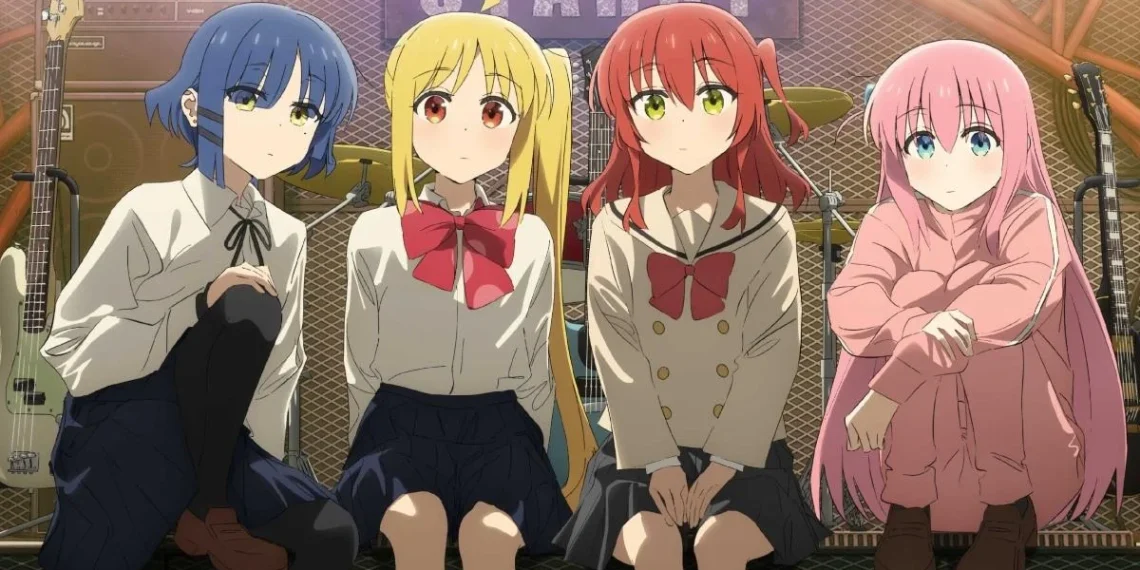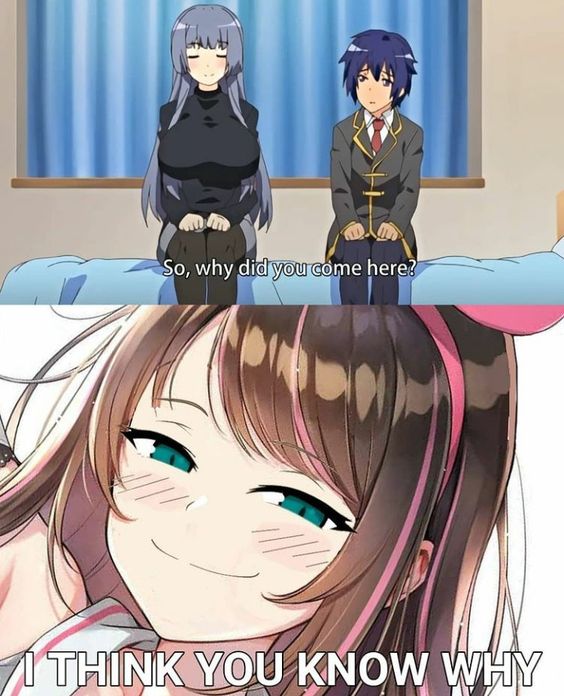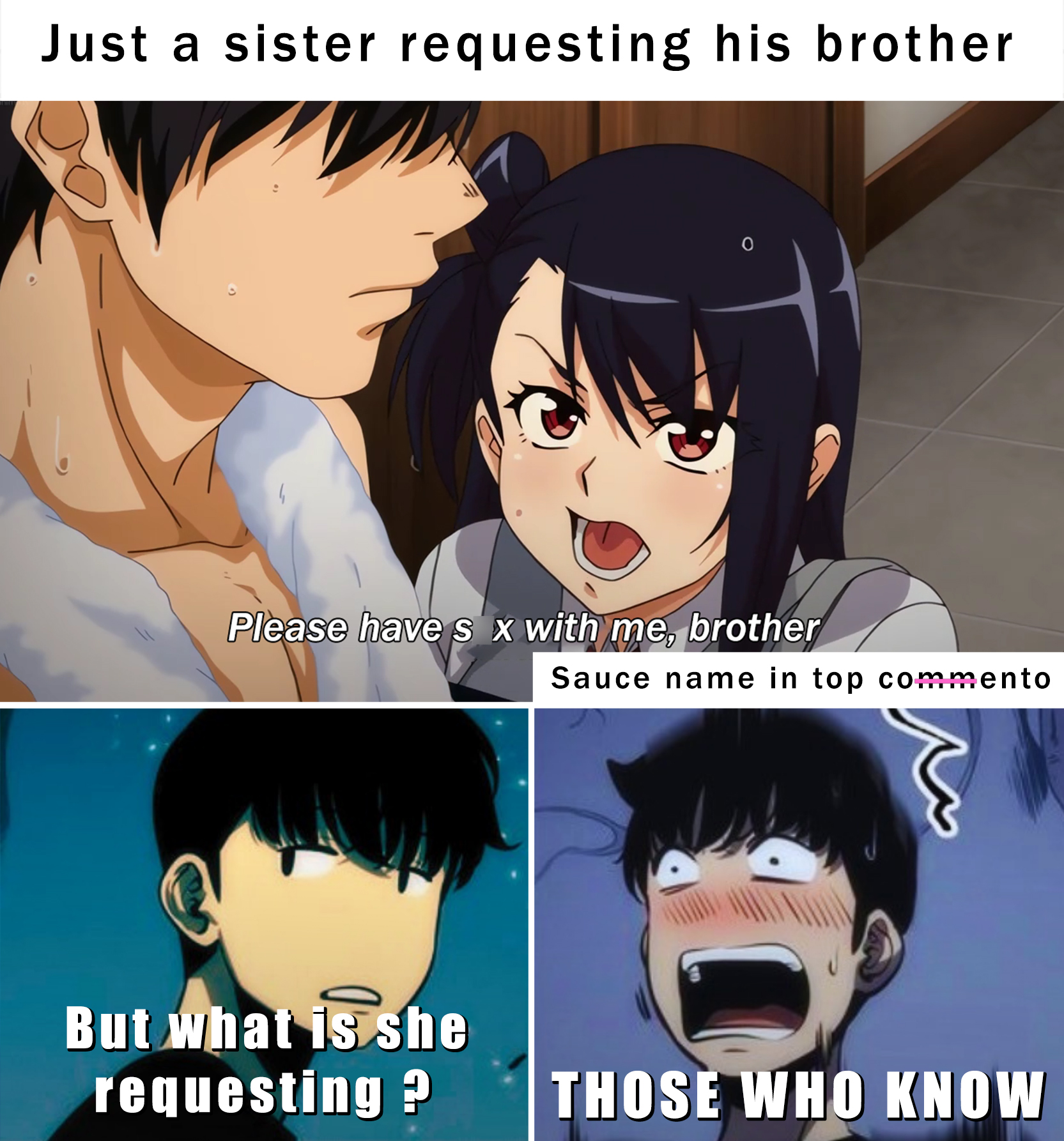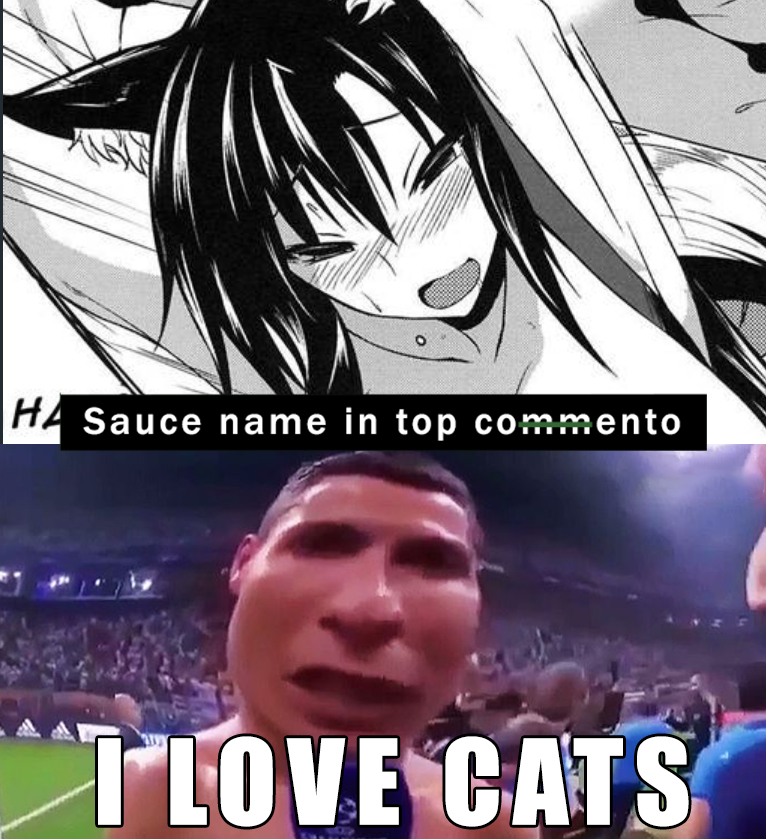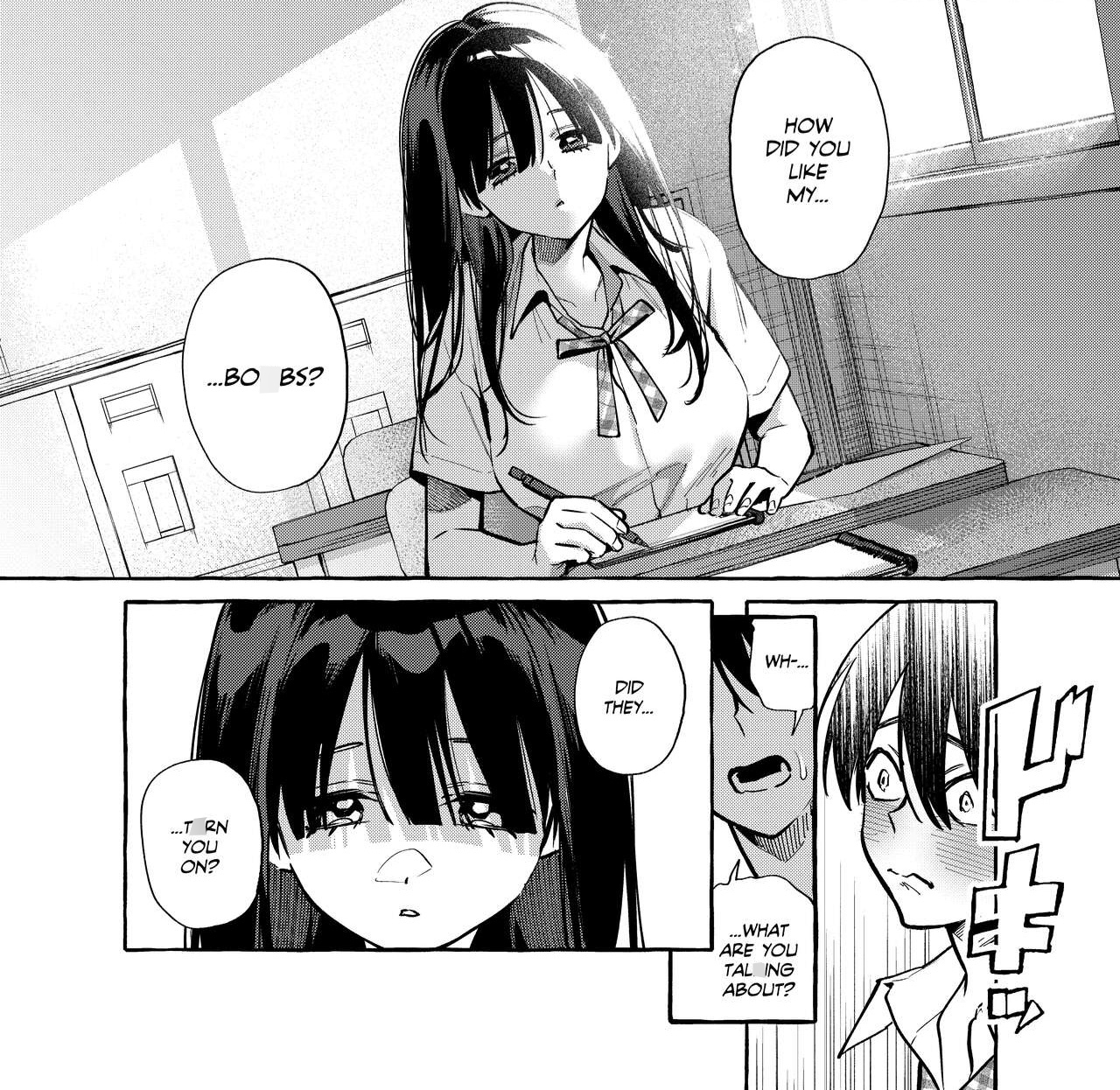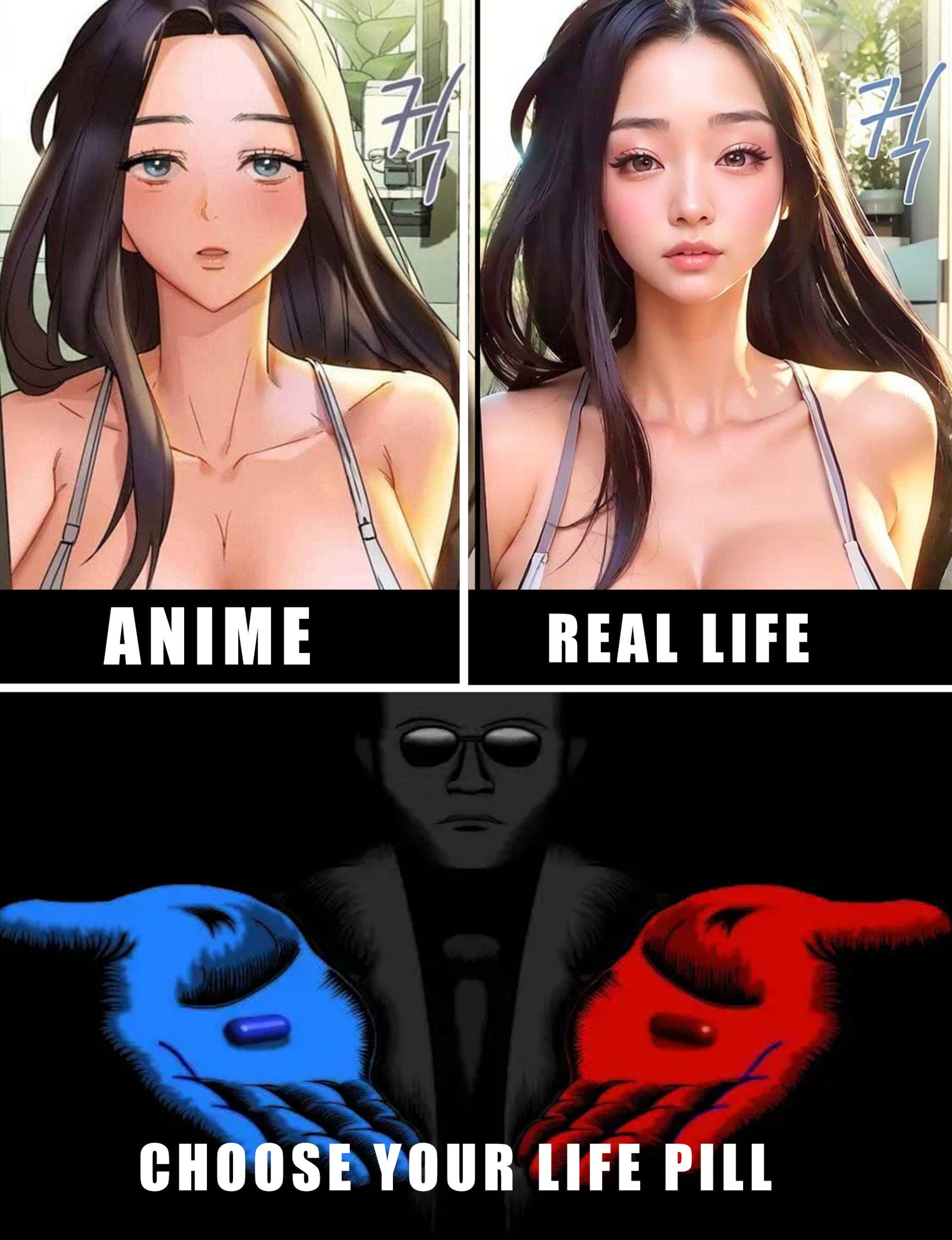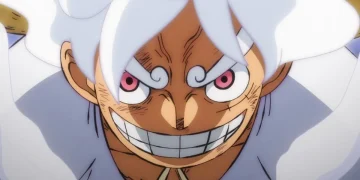Anime has come a long way since its inception, particularly in terms of animation quality. Studios like MAPPA and Ufotable have set new standards with masterpieces such as Chainsaw Man, Attack on Titan, and Fate/Stay Night: Unlimited Blade Works.
However, this surge in animation excellence has somewhat raised the bar for fans. Viewers accustomed to the stunning visuals from these studios often expect similarly high standards from other shows and studios. This article aims to spotlight 10 anime that may not reach those peak animation levels but are still worthwhile experiences.
Disclaimer: The animes are placed randomly and not in ranking order.
10. Nier Automata v1.1a
Nier Automata v1.1a draws its inspiration from the popular video game of the same name and has already garnered attention for its exceptionally crisp animation. Blending 2D and CGI elements, the series mirrors the animation style reminiscent of Studio MAPPA’s Attack on Titan, which many viewers will likely notice.
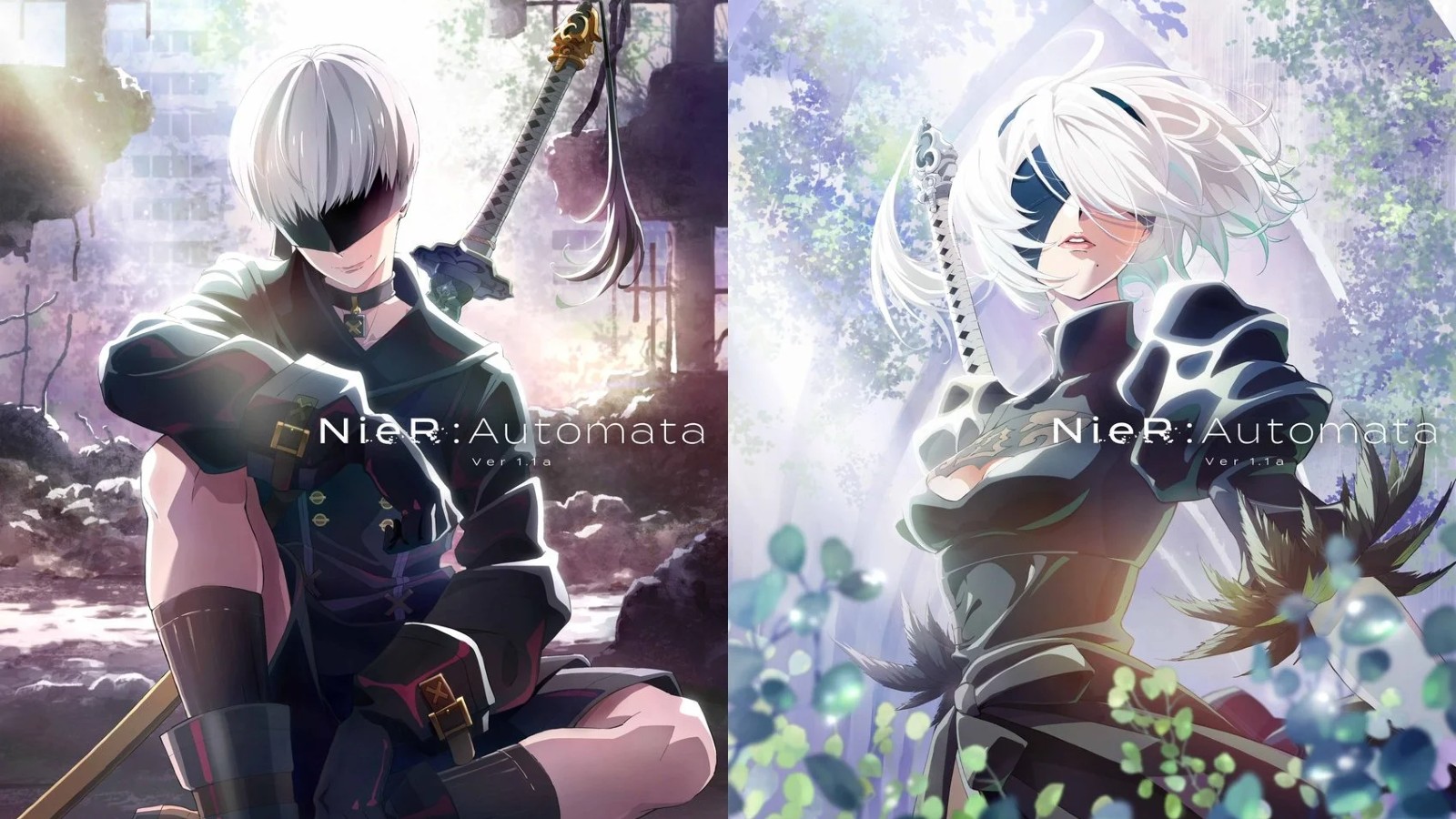
The rich color palette of Nier Automata v1.1a mirrors the distinct art style of the game, and the detailed artwork effectively portrays the injuries endured by characters like 2B and 9S, surpassing the game’s depiction in some instances.
Moreover, the series looks into various narrative threads not fully explored in the game, such as machines gaining sentience to protect flowers and looking at characters like Lily’s backstory.
Adding a unique touch, each episode concludes with puppet shows that humorously depict the game’s multiple endings. This injection of humor serves to lighten the often somber mood prevalent throughout the series, as it grapples with themes of man versus machine and the existential question of whether AI can truly possess sentience.
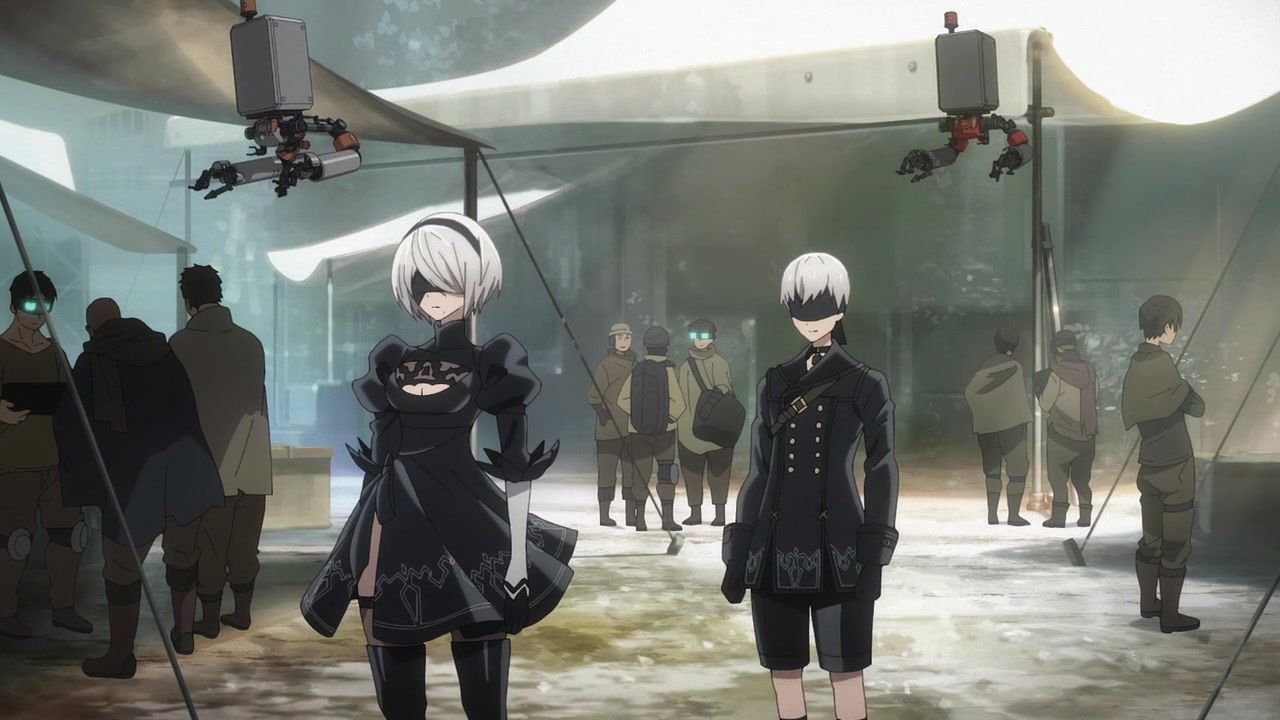
*Nier: Automata* is also a critically acclaimed action role-playing game developed by PlatinumGames and published by Square Enix. Released in 2017, it quickly gained recognition for its unique storytelling, memorable characters, and deep philosophical themes woven into its narrative.
The gameplay of *Nier: Automata* combines action RPG elements with hack-and-slash combat. Players control combat androids known as YoRHa units—specifically the protagonist 2B and her companion 9S—as they navigate through a post-apocalyptic world overrun by machines. The combat is fluid and fast-paced, featuring a variety of weapons, combos, and abilities that players can upgrade and customize. The game also incorporates elements of bullet-hell shooters during certain sequences, adding a dynamic twist to the gameplay.
The world of *Nier: Automata* is open-ended, encouraging exploration and discovery. The map is dotted with various locations, each with its own atmosphere, challenges, and secrets waiting to be uncovered. The game seamlessly transitions between different gameplay styles, including side-scrolling sections and top-down perspectives, keeping the experience fresh and unpredictable.
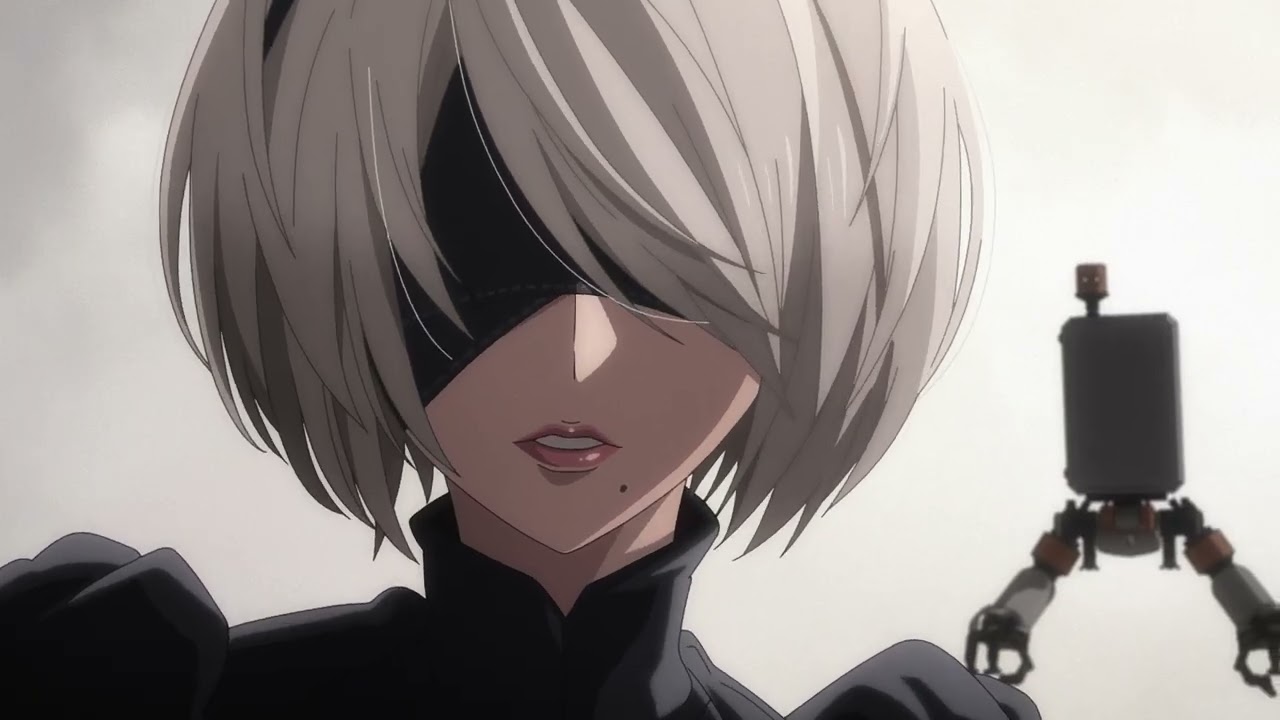
At its core, *Nier: Automata* is a narrative-driven game that goes deep into existential and philosophical themes. The story explores the nature of humanity, identity, consciousness, and the consequences of war. As players progress through the game, they uncover layers of a complex narrative that challenges their perceptions and emotions.
The characters in *Nier: Automata* are beautifully crafted and undergo profound development throughout the story. Protagonists like 2B and 9S are not only compelling in their own right but also serve as vehicles for exploring deeper questions about existence and purpose.
One of the standout features of *Nier: Automata* is its hauntingly beautiful soundtrack composed by Keiichi Okabe. The music perfectly complements the game’s atmosphere, enhancing emotional moments and adding depth to the experience. From melancholic piano melodies to epic orchestral compositions, the soundtrack elevates the storytelling and immerses players in the game.

One of the most unique aspects of *Nier: Automata* is its multiple endings, which are an integral part of the game’s design. Players are encouraged to replay the game multiple times to fully grasp the scope of the story, as each playthrough offers new perspectives and insights. The endings range from heartbreaking to thought-provoking, rewarding players who invest time in finding every facet of the game.
Nier: Automata received widespread critical acclaim upon its release, praised for its narrative depth, innovative gameplay, and emotional impact. It has developed a dedicated fan base and is often regarded as a cult classic within the gaming community. The game’s success has also led to spin-offs, adaptations, and collaborations across different media.
Nier: Automata is a masterful blend of gameplay innovation, emotional storytelling, and artistic expression. It challenges players to contemplate profound themes while delivering a nice and unforgettable gaming experience. Whether you’re drawn to its philosophical narrative or its engaging combat mechanics, *Nier: Automata* stands as a shining example of video games as a powerful storytelling medium.
9. RWBY: Ice Queendom
Rooster Teeth’s RWBY holds a significant place in the anime, originating back in 2013. Even in its early days, it boasted impressive visuals, particularly in its stylized fight scenes crafted by the late Monty Oum.
The transition from Poser to Maya software marked a substantial improvement, eliminating the shadowy background characters and replacing them with fully realized elements like flames, trees, and water.

The characters moved with increased fluidity, showcasing the potential of 3D animation, particularly for an independent studio operating without a massive budget.
On the other hand, RWBY: Ice Queendom, a spin-off produced in collaboration with Studio Shaft, known for their work on Puella Magi Madoka Magica, opted for a distinct 2D animation style. While the first three episodes served as a recap of RWBY’s initial volume, the series branched out with its own original narrative from episode four onwards.
The animation quality was highly praised for its crispness, with several scenes faithfully recreating the original’s dynamic action sequences and humorous moments. Additionally, the spin-off’s original storyline garnered acclaim for its strength and creativity, adding depth to the RWBY universe.
As of my last update in January 2022, there isn’t an official RWBY series titled “Ice Queendom.” However, RWBY is a popular American anime-style web series created by Monty Oum and produced by Rooster Teeth Productions.
It is set in the fictional world of Remnant, where young people train to become Huntsmen and Huntresses to protect humanity from supernatural creatures known as Grimm. RWBY follows the adventures of four girls—Ruby Rose, Weiss Schnee, Blake Belladonna, and Yang Xiao Long—as they navigate the complexities of their world and battle against various threats.
Given the absence of specific information about “RWBY: Ice Queendom,” I can provide an overview and review of the RWBY series in general. RWBY is known for its unique blend of action, fantasy, and vibrant animation, and it has garnered a dedicated fanbase since its debut in 2013. Here’s an in-depth look at the series:
RWBY takes place in Remnant, which is plagued by monstrous creatures known as Grimm. To combat these threats, individuals known as Huntsmen and Huntresses are trained in combat academies to protect the populace. The series primarily follows Team RWBY—Ruby, Weiss, Blake, and Yang—as they attend Beacon Academy to hone their skills.
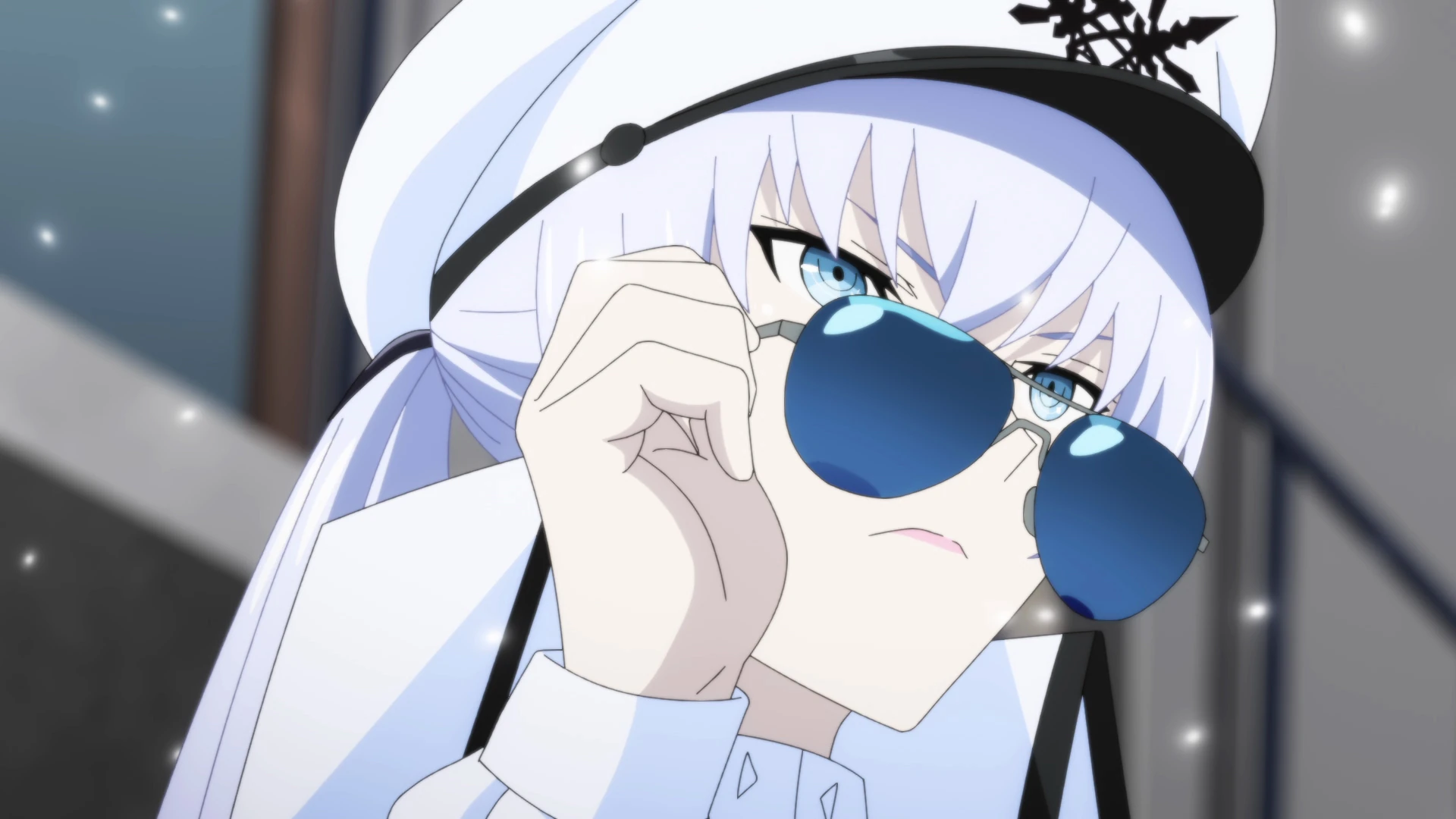
The overarching plot of RWBY involves the characters uncovering dark secrets about their world and facing off against powerful adversaries, including the enigmatic Salem, who seeks to plunge Remnant into chaos. Throughout the series, Team RWBY and their allies confront personal challenges, form alliances, and discover hidden truths about their destinies.
One of RWBY’s strengths lies in its diverse and dynamic cast of characters. Each member of Team RWBY brings a unique personality and fighting style to the table, allowing for engaging character development and interactions. From Ruby’s idealism to Weiss’ determination, Blake’s introspection, and Yang’s resilience, viewers are drawn into the characters’ growth as they confront the challenges before them.
Supporting characters, such as Jaune Arc, Nora Valkyrie, Pyrrha Nikos, and Qrow Branwen, also contribute to the series’ personalities and relationships.
RWBY initially gained attention for its distinct animation style, characterized by a blend of 3D animation with anime-inspired aesthetics. While the early volumes exhibit a more simplistic animation quality, the series progressively refines its visuals over subsequent seasons. Action sequences are a highlight of RWBY, featuring dynamic choreography and creative weapon designs.
RWBY explores themes of friendship, courage, and self-discovery against a backdrop of escalating conflict and existential threats. The series goes into complex moral dilemmas and the consequences of wielding power responsibly. As the characters confront personal demons and external adversaries, viewers are invited to contemplate larger questions about sacrifice, redemption, and the pursuit of justice.
RWBY has garnered a dedicated fanbase and critical acclaim for its engaging storylines, memorable characters, and imaginative world-building. The series’ impact extends beyond the screen, inspiring fan creations, cosplay, and community engagement. While the untimely passing of creator Monty Oum in 2015 was a significant loss, RWBY continues to evolve under the stewardship of Rooster Teeth, with ongoing seasons and spin-off media.
RWBY has grabbed audiences with its blend of action-packed storytelling, compelling characters, and imaginative world-building. Whether you’re drawn to its dynamic animation or its heartfelt themes, RWBY stands as a testament to the enduring appeal of animated series that push creative boundaries. If “RWBY: Ice Queendom” is a future project within the RWBY universe, fans can anticipate another thrilling chapter in this beloved saga.
8. Bocchi The Rock
Bocchi The Rock stands out for its unique take on portraying social anxiety through the lens of an anxiety-ridden guitarist. Much like Komi Can’t Communicate, which explores similar themes through its protagonist, Komi, this series employs various visual cues to illustrate its characters’ inner struggles.
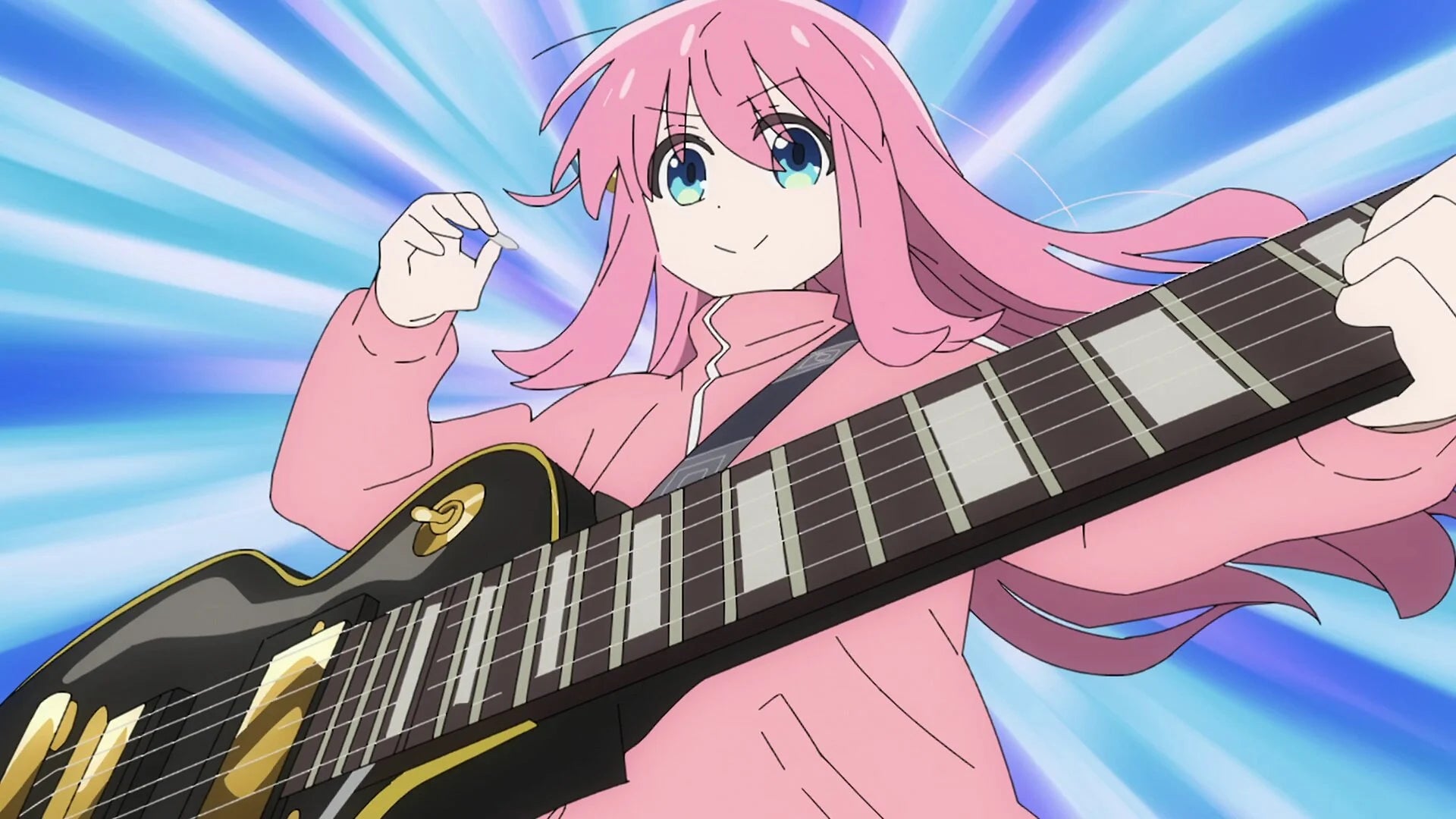
From Bocchi sprouting cat ears to sudden shifts in art style, the anime employs multiple cutaway gags to depict moments of anxiety.
In particularly intense moments, Bocchi herself may glitch out, or the animation style may transition into claymation, effectively mirroring her emotional turmoil.
The series isn’t afraid to experiment with its visuals, showcasing Bocchi transforming into a giant monster or adopting simplistic stick-figure animation reminiscent of old MTV music videos. Through these creative choices, Bocchi’s The Rock effectively captures the essence of social anxiety and its impact on its characters.
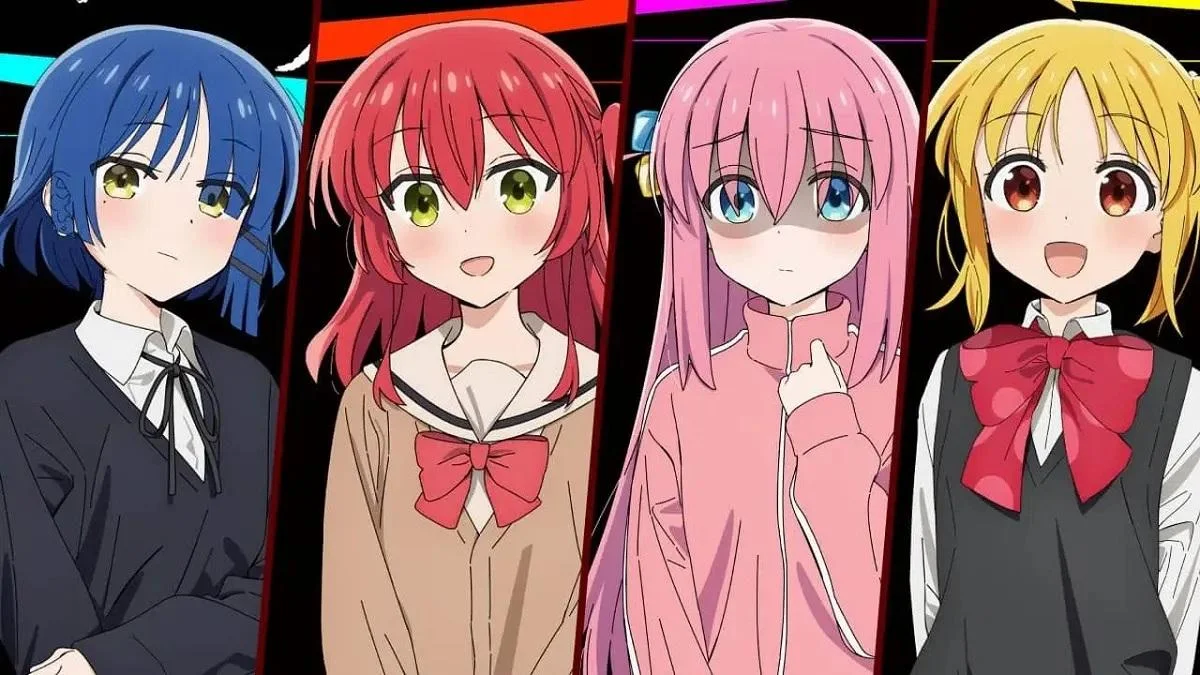
Moreover, the incorporation of music adds depth to the narrative, distinguishing it from the plethora of action-oriented shonen or isekai anime dominating the scene. Some viewers have drawn parallels between Bocchi The Rock and K-On!, noting the shared focus on music alongside themes of social anxiety, albeit with a distinct approach.
Bocchi The Rock follows the journey of Bocchi, a talented but introverted high school student who dreams of becoming a rock musician. Despite her exceptional musical abilities, Bocchi struggles with social anxiety and finds it difficult to connect with her peers. However, fueled by her passion for music and inspired by her favorite rock bands, Bocchi decides to break out of her shell and pursue her dreams of forming a band.
The series begins with Bocchi, who faces the challenges of high school life while grappling with her own insecurities. She discovers a hidden talent for playing the guitar and begins composing her own songs in secret. When she meets other students who share her passion for music, including a drummer named Koji and a bassist named Mika, Bocchi realizes that she isn’t alone in her dreams.
As Bocchi gradually opens up to her newfound friends, they get on a musical journey together, forming a band called “Bocchi The Rock.” Along the way, they face obstacles such as rival bands, internal conflicts, and the pressures of school life. Through perseverance and determination, Bocchi and her bandmates strive to make a name for themselves in the competitive world of rock music.
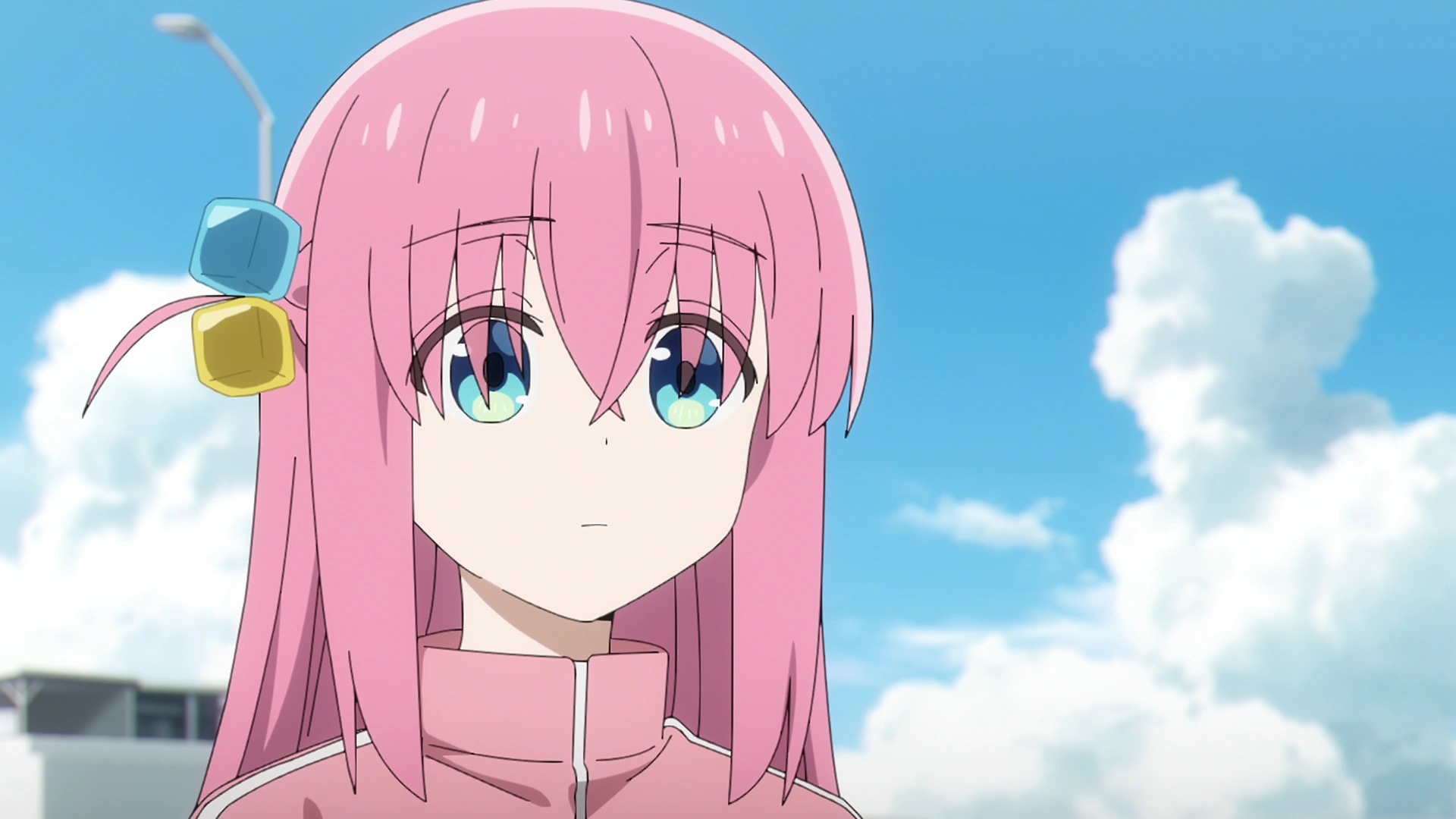
Bocchi: The Rock explores themes of friendship, self-discovery, and the transformative power of music. Bocchi’s journey reflects the universal struggle to overcome personal limitations and pursue one’s passions. The series highlights the importance of support networks and the profound impact of artistic expression on personal growth.
Bocchi The Rock features vibrant animation that brings the world of music to life. The series showcases electrifying concert scenes, intense band rehearsals, and emotional character moments. The soundtrack is a central aspect of the show, featuring original rock compositions that resonate with the themes of the series.
If “Bocchi The Rock” were a real anime series, it would likely resonate with audiences who enjoy music-themed dramas and coming-of-age stories. The series would appeal to fans of shows like “K-On!” and “Given,” offering a blend of heartfelt storytelling, engaging characters, and catchy musical performances.
While “Bocchi The Rock” may be a hypothetical concept, its premise encapsulates the spirit of music-themed anime that celebrates the transformative power of creativity and friendship. If you’re a fan of music-centric narratives and character-driven dramas, this fictional series would be a nice addition to the genre.
7. Aggretsuko
Aggretsuko, an office comedy animated by Sanrio, stands out for its adorable yet arresting art style. Created by the same mind behind the beloved Hello Kitty franchise, this anime surprises viewers with its exploration of more mature themes despite its cute appearance.
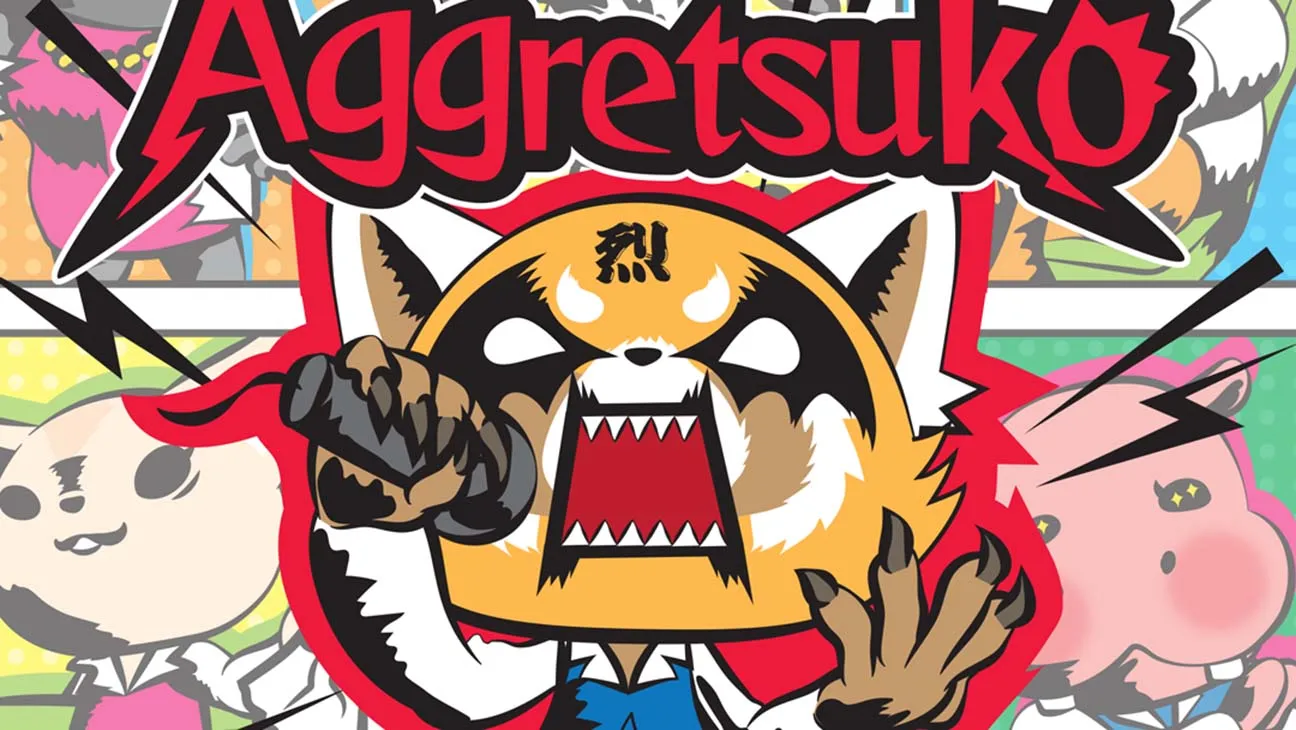
While the art style bears a resemblance to Sanrio’s signature aesthetic, Aggretsuko fearlessly looks into adult topics such as drinking, the pressures of being single, workplace harassment, and abuse.
The series doesn’t shy away from portraying the challenges of modern life, offering a refreshing take on relatable issues. Notably, the art style occasionally shifts to a heavy metal-inspired look, reflecting protagonist Retsuko’s intense emotions when she unleashes her inner rage through metal screams.
What sets Aggretsuko apart is its unique animation style, which may contribute to its underrated status. Unlike many other anime on this list, Aggretsuko features exclusively anthropomorphic animal characters.
While this choice may seem unconventional, it adds depth to the storytelling and allows for creative character designs. Moreover, the fact that the characters are animals is not merely symbolic; it’s a facet of the narrative, as seen in characters like Retsuko’s boorish pig boss.
Aggretsuko is a popular Japanese anime series created by Rarecho and produced by Sanrio. It follows the life of Retsuko, a red panda who works in the accounting department of a Japanese trading firm. The show, known for its unique blend of cute characters and adult themes, has gained a significant following since its debut.
The premise of “Aggretsuko” revolves around Retsuko’s struggles with the challenges of adult life, particularly in the workplace. Despite her cute and seemingly timid demeanor, Retsuko faces constant frustrations and indignities at work, often dealing with chauvinistic superiors and unreasonable deadlines. To cope with her stress, she indulges in secret karaoke sessions where she screams death metal songs.
The show cleverly tackles themes such as workplace dynamics, societal pressures, and the struggles of young adults in a modern, competitive world. Retsuko’s character is highly relatable to many viewers who have experienced similar workplace frustrations.
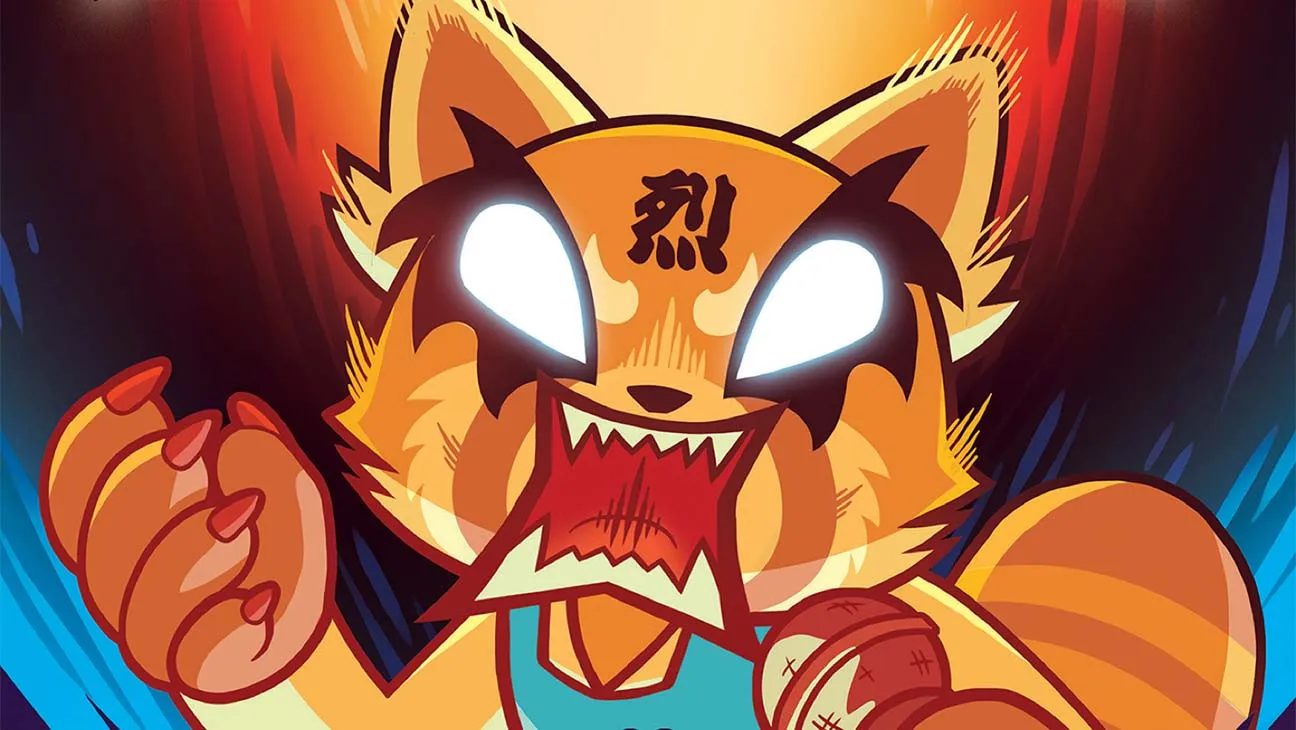
The characters in “Aggretsuko” are charming and multifaceted. Retsuko, the protagonist, is depicted as an ordinary office worker trying to balance her professional life with her personal aspirations. Her colleagues, including the overbearing Director Ton and the gossipy Fenneko, add depth and humor to the narrative. The show often explores the complexities of human relationships, friendship, and self-discovery.
Sanrio’s signature cute character design is evident throughout the series, with characters like Retsuko and her friends rendered in a charming and colorful style. The juxtaposition of this cute aesthetic with the show’s mature themes creates a unique viewing experience.
Aggretsuko” blends humor and satire effectively. The show’s comedic elements often stem from Retsuko’s absurd and relatable experiences in the workplace. The inclusion of death metal karaoke sessions as Retsuko’s coping mechanism injects a delightful touch of eccentricity into the series.
The anime unfolds within a modern Japanese office setting, granting audiences insights into the intricacies of Japanese work customs and societal standards. This cultural context deepens the narrative and imbues the characters’ journeys with authenticity.
Aggretsuko” has garnered a devoted fan base both in Japan and internationally. Its themes resonate with young adults finding the challenges of adulthood and the workforce. The character of Retsuko has become an icon of resilience and empowerment, inspiring fans to embrace their passions and confront their struggles.
As of my last update, “Aggretsuko” has released three seasons on Netflix, each consisting of around 10 episodes. The show’s popularity has led to spin-offs, merchandise, and even a Christmas special.
Aggretsuko is a delightful and introspective anime that cleverly blends cute aesthetics with mature themes. Through Retsuko’s journey, the show offers insightful commentary on the pressures of modern life and the importance of staying true to oneself. Whether you’re a fan of anime or simply looking for a fresh and relatable series, “Aggretsuko” is definitely worth a watch.
6. The Tale of Princess Kaguya
The Tale of Princess Kaguya draws inspiration from the renowned novel The Tale of the Bamboo Cutter, offering a unique take on the classic story. At a runtime of two hours and 17 minutes, it stands as Studio Ghibli’s longest film and is one of the lengthiest animated films worldwide, not tied to a media franchise.
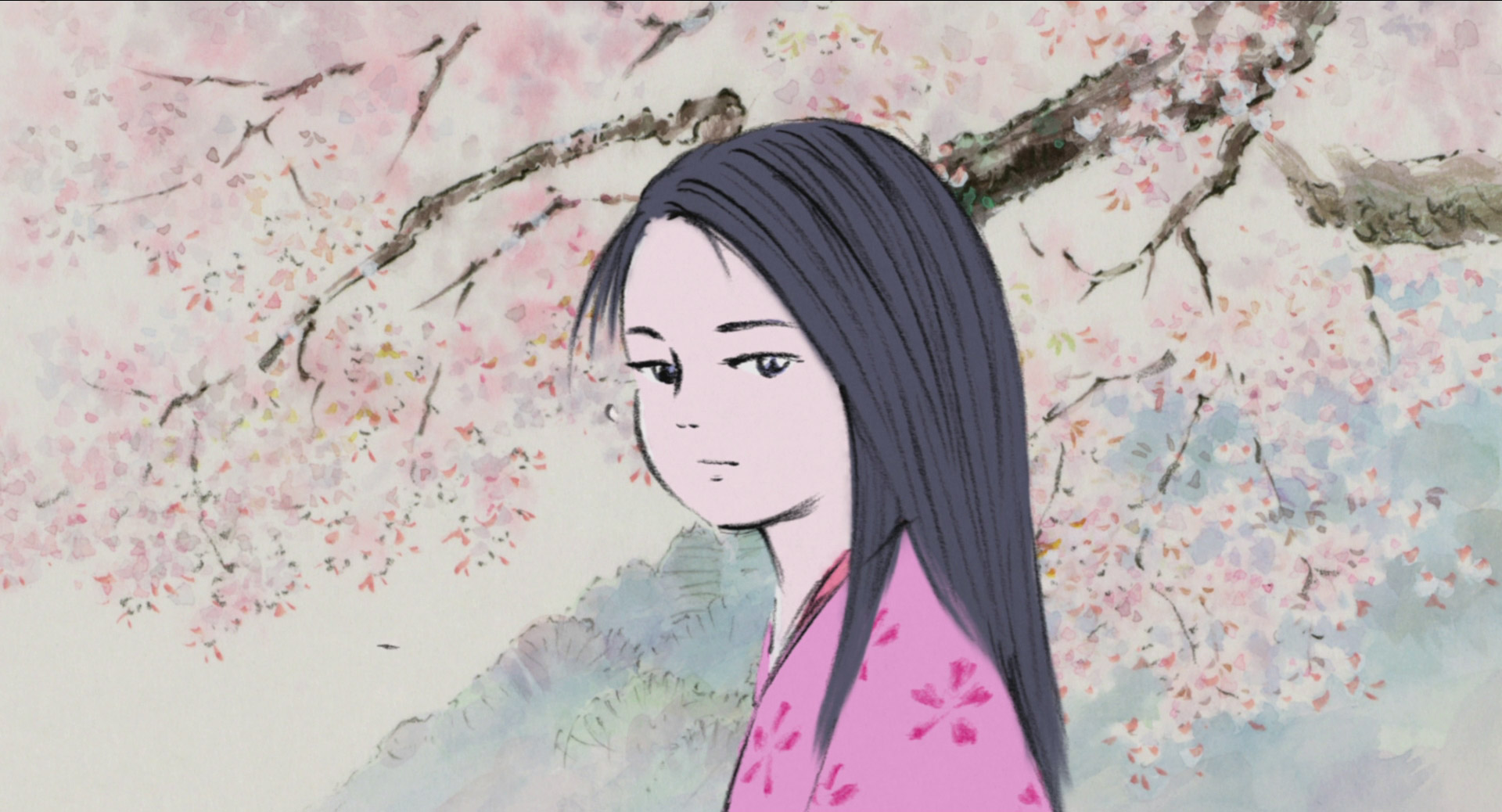
What sets The Tale of Princess Kaguya apart is its breathtaking animation, reminiscent of an oil painting rather than a realistic style. Deliberately opting for simplicity with watercolor art, the director and artists aimed to create a visually stunning experience where colors pop vividly, surpassing the limitations of traditional animation or realistic art styles.
Despite facing multiple delays and being considered the most expensive Japanese film ever produced and released, The Tale of Princess Kaguya proved to be a commercial success, surpassing its production costs and earning nominations for prestigious awards, including the Academy Awards. Notably, it marked the final directorial work of Isao Takahata, renowned for his direction of Grave of the Fireflies, before his passing in April 2018.
“The Tale of Princess Kaguya” (or “Kaguya-hime no Monogatari” in Japanese) is a visually stunning animated film directed by Isao Takahata and produced by Studio Ghibli. Released in 2013, this film is based on the ancient Japanese folktale “The Tale of the Bamboo Cutter” (Taketori Monogatari), which dates back to the 10th century.
The story begins when an elderly bamboo cutter named Okina discovers a tiny princess-like girl inside a bamboo stalk. He believes her to be a divine gift and takes her home to his wife, Ona. The mysterious girl quickly grows into a beautiful young woman, earning her the nickname “Princess Kaguya” due to her otherworldly charm. Kaguya’s rapid growth and the discovery of gold and fine clothing inside bamboo stalks lead her adoptive parents to believe she is of celestial origin.
As Kaguya matures, she attracts the attention of many noble suitors. However, Kaguya longs for a simple life close to nature and resists the traditional expectations imposed upon her. Throughout the film, Kaguya’s desire for freedom clashes with societal pressures and her adoptive parents’ wishes.
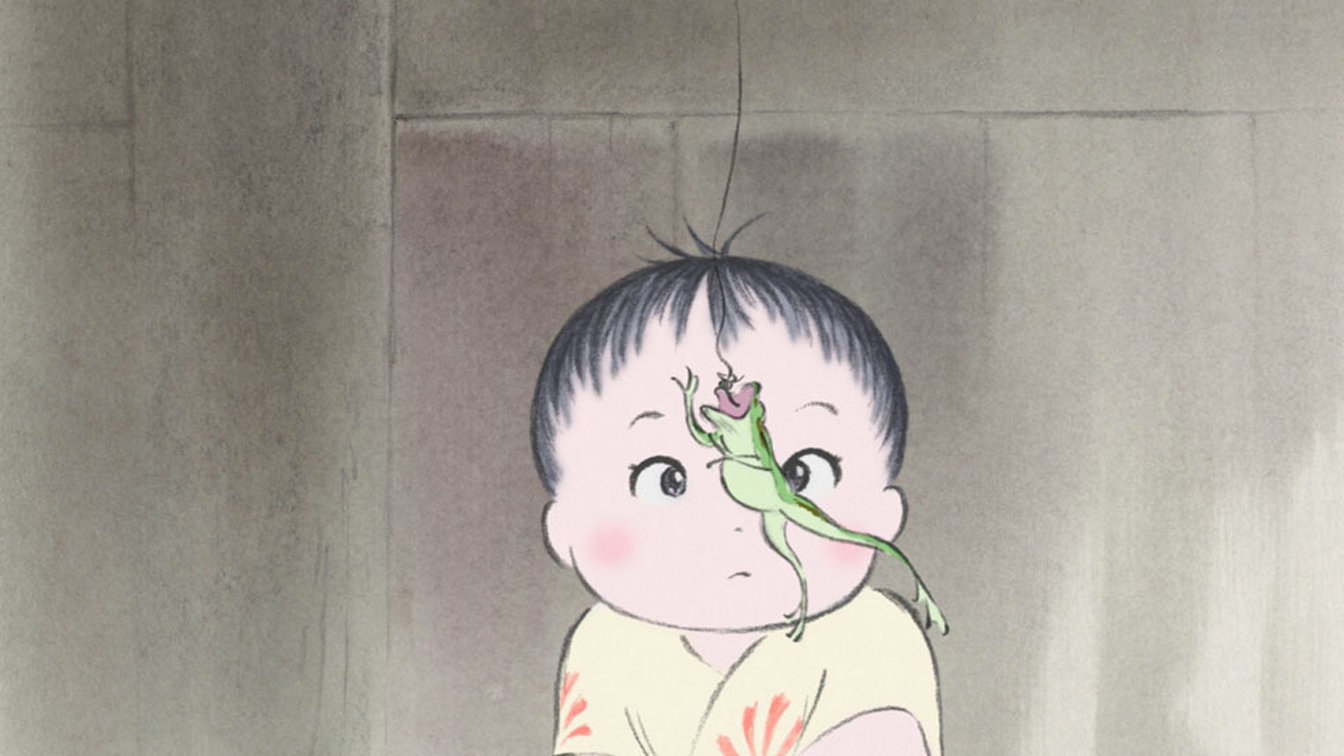
One of the standout features of “The Tale of Princess Kaguya” is its unique animation style. Takahata opted for a more hand-drawn and watercolor-like aesthetic, distinct from the typical anime art style associated with Studio Ghibli. This approach gives the film a dreamlike quality, enhancing its folkloric atmosphere. The animation is fluid and expressive, capturing both the grandeur of the natural world and the emotional subtleties of the characters.
The film goes deep into themes of nature, identity, and the pursuit of happiness. Kaguya’s desire to embrace a simple life in the countryside reflects a longing for authenticity and freedom against the confines of societal expectations. The narrative also explores the fleeting nature of life and the inevitability of change, echoing the transient beauty often celebrated in traditional Japanese art and literature.
The Tale of Princess Kaguya” received widespread acclaim from critics and audiences alike. It won several awards, including the Japan Academy Prize for Animation of the Year and the Annie Award for Best Animated Feature. Critics praised the film’s emotional depth, exquisite animation, and respectful adaptation of a beloved folktale.
The original folktale of Princess Kaguya is a cherished part of Japanese cultural heritage. By adapting this ancient story, Studio Ghibli not only preserved a piece of folklore but also introduced it to a global audience. The film’s exploration of timeless themes resonates with viewers of all backgrounds, making it a universally admired work of animation.
The Tale of Princess Kaguya stands as a poignant and visually nice exploration of the human spirit and the quest for freedom and authenticity. Isao Takahata’s direction, coupled with Studio Ghibli’s exceptional craftsmanship, brings this ancient folktale to life in a way that is both timeless and relevant. Whether you’re a fan of animation or simply enjoy a well-told story, “The Tale of Princess Kaguya” is a must-see film that promises to leave a lasting impression.
5. Pop Team Epic
Pop Team Epic stands out as a collaboration-style series that ventures into the bizarre. Embracing sketch comedy, the anime deliberately eschews continuity, resulting in a distinctive viewing experience that propelled it to greater popularity than its manga counterpart.
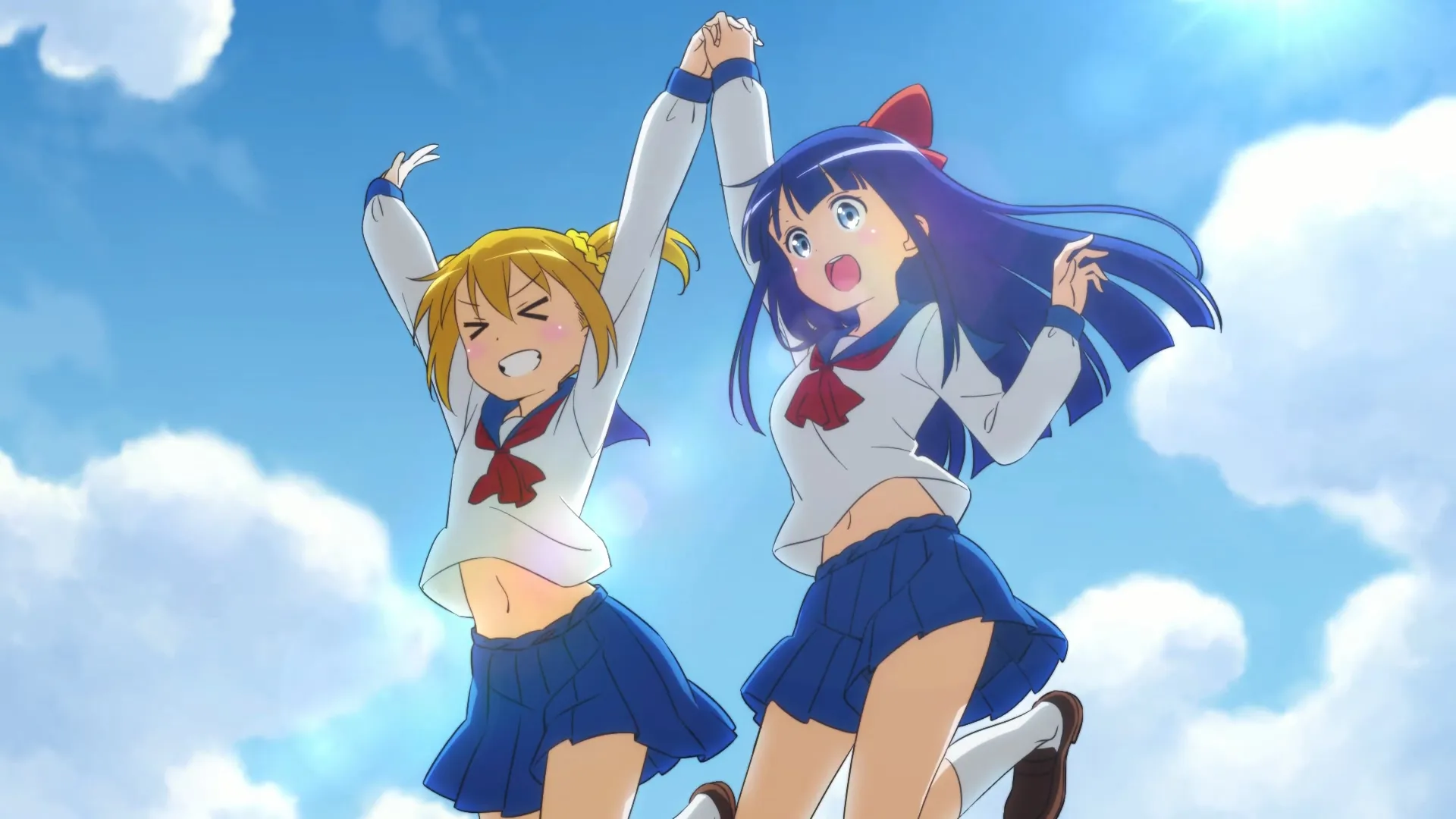
The series boasts a flat art style that constantly shifts, showcasing a diverse range of visual techniques. From rough pencil sketches to bold ink lines and even transitions into a more traditional anime art style for serious moments, each skit presents a unique aesthetic.
This variety helps Pop Team Epic carve out its own identity amidst a sea of anime despite featuring characters clad in schoolgirl attire.
Beyond its unconventional visuals, the anime delights in lampooning clichéd tropes found in various genres whether parodying idol culture, music videos, mecha anime (with the assistance of Studio Sunrise, no less), or Japanese delinquent tales, Pop Team Epic delivers a barrage of irreverent humor.
As a parody series, it gleefully embraces satire, inviting viewers to revel in its absurdity and sharp wit.
Pop Team Epic” is a unique and irreverent anime series based on a 4-panel surreal comedy webcomic created by Bkub Okawa. The anime adaptation, produced by Kamikaze Douga, premiered in January 2018. The series gained popularity for its absurd humor, rapid-fire pacing, and unconventional animation style.
Pop Team Epic doesn’t follow a traditional narrative structure. Instead, it presents a series of short, unrelated skits featuring two teenage girls named Popuko and Pipimi. The show constantly breaks the fourth wall, parodies popular culture, and uses meta-humor to subvert expectations.
Popuko is short-tempered, unpredictable, and often violent, while Pipimi is more composed and rational, although equally prone to absurd behavior. Together, they navigate through bizarre scenarios and interact with a wide range of characters, including robots, aliens, and celebrities.
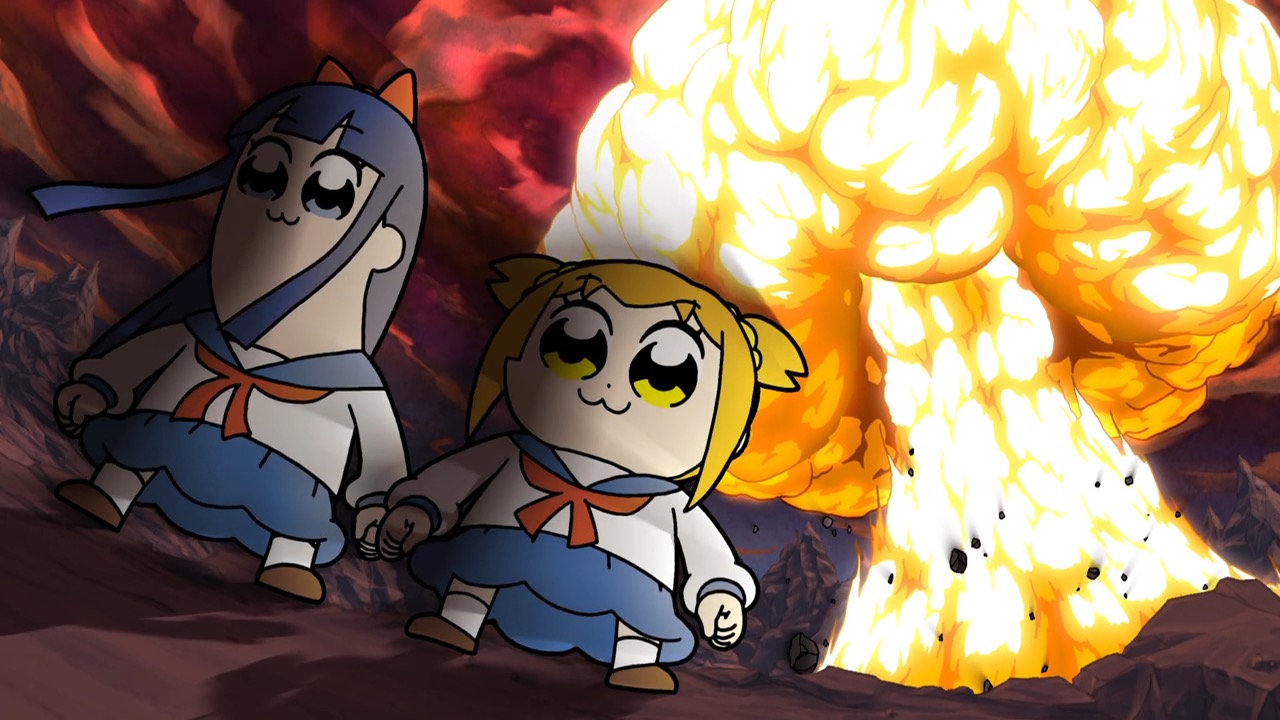
The animation style of “Pop Team Epic” is intentionally crude and simplistic, resembling a low-budget flash animation at times. This choice enhances the show’s comedic effect and adds to its absurdity. The character designs are deliberately inconsistent, with Popuko and Pipimi’s appearances changing from skit to skit.
One of the notable features of the series is its use of guest animators and voice actors, which adds to its unpredictable and chaotic nature. Each episode is divided into two segments, with the same content often presented twice but with different voice actors and animation styles.
Pop Team Epic is known for its rapid-fire humor, which includes puns, wordplay, absurdist jokes, and references to pop culture, anime, video games, and internet memes. The show revels in absurdity and often mocks common anime tropes and clichés. Its humor can be divisive, appealing strongly to those who enjoy unconventional comedy but turning away viewers looking for more conventional storytelling.
Despite its polarizing nature, “Pop Team Epic” has garnered a dedicated fan base, particularly among younger anime enthusiasts who appreciate its subversive approach to humor. The show’s memes and catchphrases have become popular within internet culture, further cementing its status as a cult favorite.
Critics have offered mixed reviews of “Pop Team Epic.” Some praise its inventiveness and willingness to defy genre conventions, while others find its humor too random and chaotic. The show’s unconventional style and rapid pacing make it challenging for some viewers to engage on a deeper level.
Pop Team Epic is a prime example of experimental and boundary-pushing anime. Its appeal lies in its unpredictability, irreverence, and willingness to mock established norms. While not for everyone, those who appreciate its brand of absurd humor will find “Pop Team Epic” to be a refreshing and entertaining departure from more traditional anime fare. If you’re open to a wild, unpredictable ride filled with surreal gags and meta-humor, “Pop Team Epic” is worth checking out for a truly unique anime experience.
4. xxxHolic
xxxHolic embraced a distinctive gothic aesthetic characterized by dark and inky coloring throughout its animation. Produced by Production I.G., renowned for works like Ghost in the Shell and Haikyuu, the anime featured characters with elongated limbs, resulting in an occasionally uneven and uncanny valley appearance.
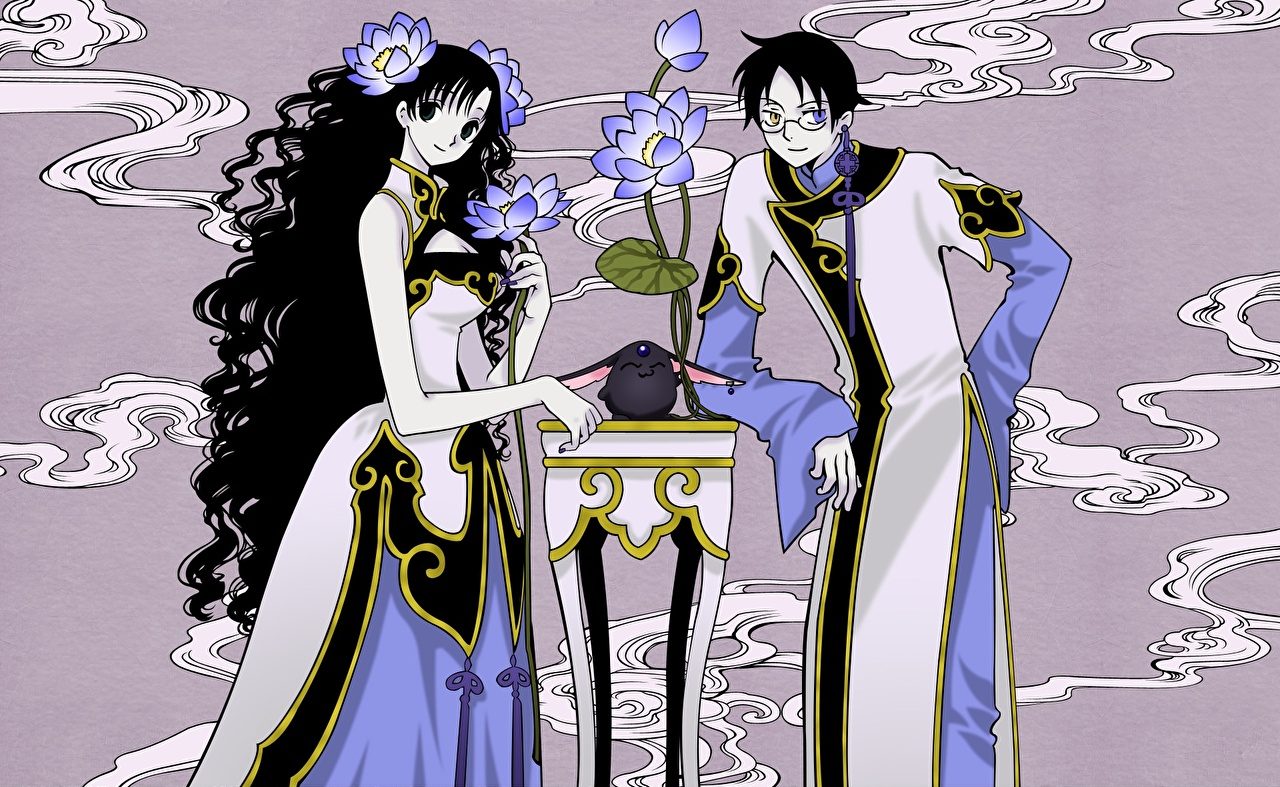
However, this stylistic choice was intentional, aiming to faithfully replicate the manga’s distinct look. The elongated and spindly-limbed characters set xxxHolic apart, offering a unique visual experience compared to other anime of the 2000s, which typically adhered to more realistic proportions.
Another aspect contributing to its iconography was the Victorian-style clothing worn by many characters. This sartorial choice further distinguished xxxHolic from its contemporaries, as most anime of the time either depicted present-day settings like Death Note or ventured into fantasy looks like One Piece or Naruto. The blend of gothic visuals and Victorian attire lent xxxHolic an air of sophistication and uniqueness that left a lasting impression on viewers.
xxxHolic is a manga series written and illustrated by the renowned manga artist group CLAMP. The series began serialization in 2003 and concluded in 2011. It was serialized in Kodansha’s Weekly Young Magazine and later compiled into 19 tankobon volumes. The manga’s success led to the creation of an anime adaptation, various OVAs (original video animations), and a live-action film.
The story revolves around Kimihiro Watanuki, a high school student plagued by the ability to see spirits. One day, Watanuki stumbles upon a mysterious shop owned by Yuko Ichihara, a powerful witch who offers to grant his wish to be free of his supernatural visions. In return, Watanuki becomes Yuko’s part-time assistant, tasked with various odd jobs and errands related to spiritual matters.
Watanuki’s encounters with Yuko’s clients and the supernatural entities they deal with lead him on a journey of self-discovery, unraveling mysteries and confronting personal challenges along the way. The series goes into themes of destiny, human desires, and the consequences of meddling with the supernatural.
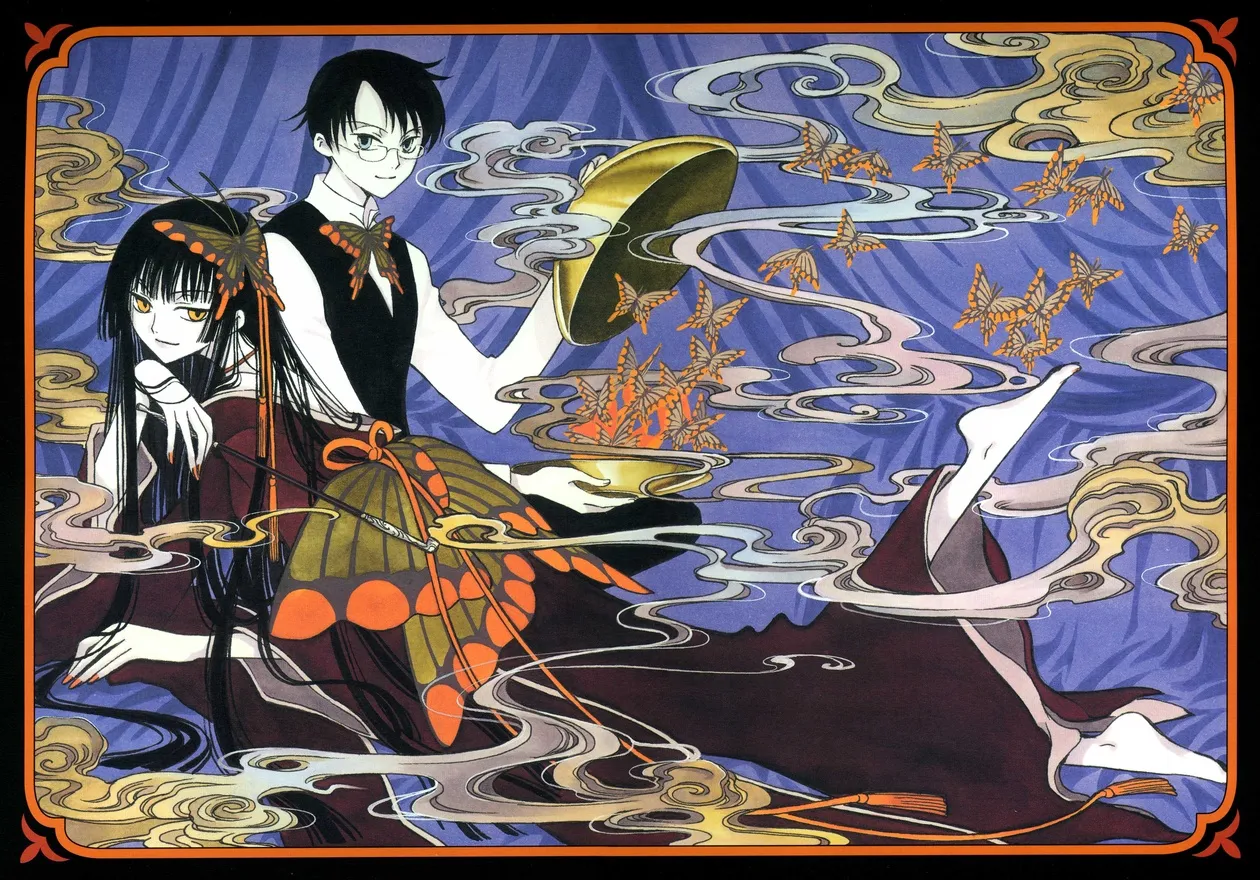
xxxHolic blends supernatural elements with profound philosophical themes. The story frequently explores the concept of fate and the interconnectedness of human desires and suffering. Through the clients who seek Yuko’s help, CLAMP addresses deep-rooted human desires and obsessions, often warning of the dangers of succumbing to them without understanding the consequences.
Symbolism is prevalent throughout xxxHolic, with motifs such as spider webs representing the entanglements of fate and recurring imagery of butterflies symbolizing transformation and rebirth. These symbolic elements add depth to the narrative, enhancing the thematic exploration of the series.
CLAMP’s distinctive art style is a standout feature of xxxHolic. Character designs are elegant and detailed, capturing both the beauty and eeriness of the supernatural world. The use of intricate backgrounds and shading creates a mysterious atmosphere that complements the story’s tone.
The series is notable for its frequent use of traditional Japanese aesthetics, incorporating elements of Japanese folklore and mythology. This cultural richness enriches the narrative, making xxxHolic a nice exploration of the supernatural from a uniquely Japanese perspective.
Central to the series is the growth of its protagonist, Kimihiro Watanuki. Initially portrayed as a reluctant and somewhat troubled young man, Watanuki’s experiences working for Yuko gradually shape him into a more introspective and resilient individual. His interactions with recurring characters like the enigmatic Yuko and the stoic Domeki add depth to his character development.
Yuko Ichihara herself is a complex and mysterious figure whose motivations are gradually revealed throughout the series. Her relationship with Watanuki evolves beyond that of employer and assistant, becoming a nuanced exploration of mentorship and mutual dependence.
The xxxHolic manga was well-received both in Japan and internationally for its unique blend of supernatural storytelling and philosophical depth. The anime adaptation, directed by Tsutomu Mizushima, faithfully adapts key story arcs while maintaining the manga’s visual style and atmosphere.
The series’ success spawned multiple OVAs and a live-action film, further expanding its reach and popularity. Fans of CLAMP’s other works, such as Cardcaptor Sakura and Tsubasa: Reservoir Chronicle, often appreciate xxxHolic for its interconnected universe and crossover elements.
xxxHolic is a nice exploration of the supernatural genre, distinguished by CLAMP’s signature art style and philosophical storytelling. Through its complex characters and thought-provoking themes, the series offers a rich and immersive experience for readers and viewers alike. Whether you’re a fan of Japanese folklore, character-driven narratives, or supernatural mysteries, xxxHolic is a must-read (or watch) for manga and anime enthusiasts.
3. Panty and Stocking
Panty and Stocking immediately stand out due to its distinct art style, reminiscent of older Cartoon Network and other Western cartoons from the 2000s. This choice lends the series a unique visual identity, setting it apart from traditional anime. However, it also incorporates anime-style elements, particularly during the transformation sequences, which are choreographed like pole dances.
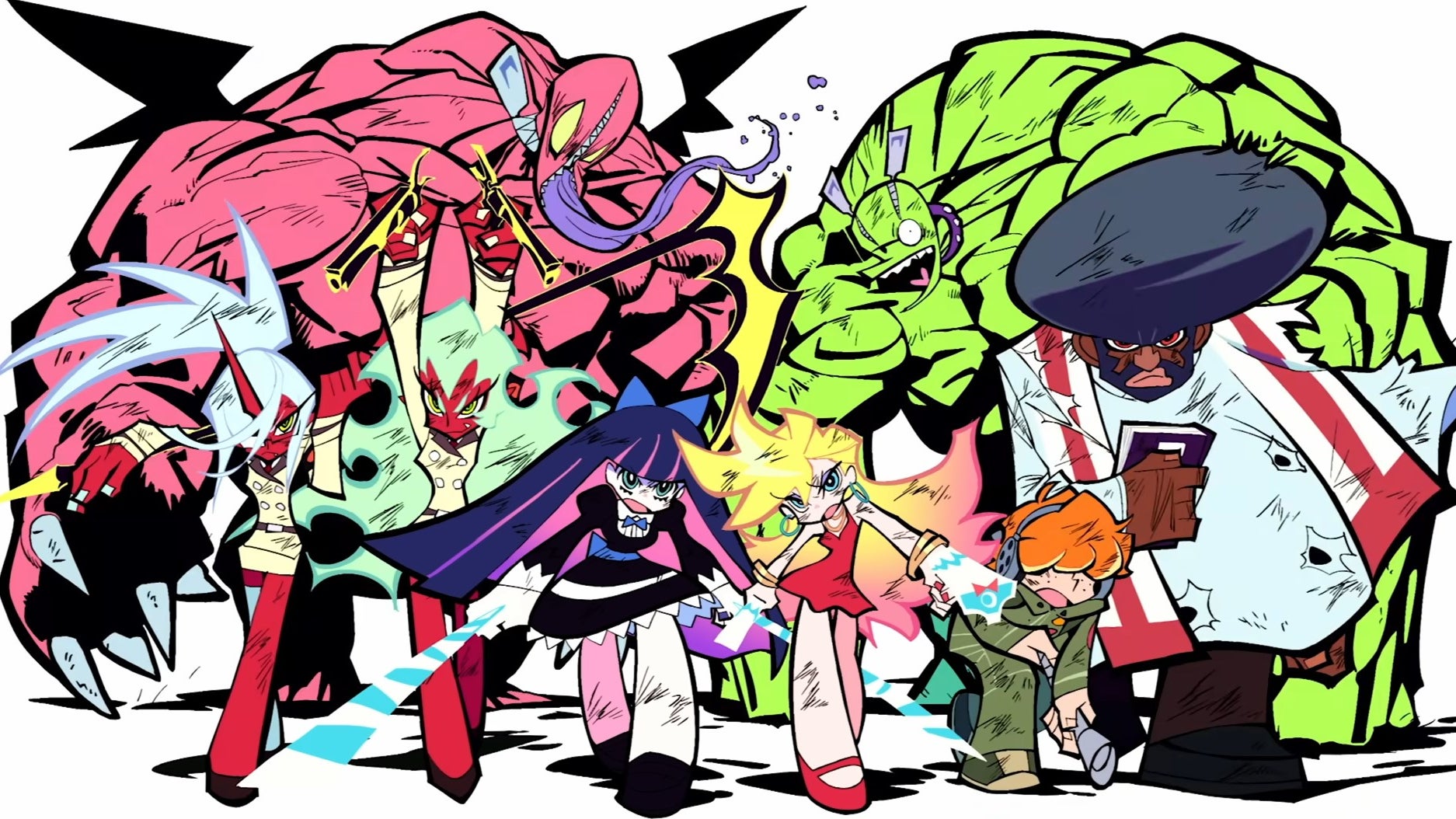
Despite its animated appearance, Panty and Stocking contain ample adult content, leading to its initial banning from broadcasting in the United States. Swear words, lewd song lyrics, and references deemed unsuitable for television are prevalent throughout the series. Some viewers have compared it to a high-budget version of South Park presented in anime form.
Adding to its unconventional nature, rumors circulated that the heads of Studio Gainax were intoxicated when conceiving the series following the success of Gurren Lagann. This creative influence is evident in the anime’s abrupt shifts between top-tier anime animation and Americanized 2000s cartoon style, which can be disorienting but adds to the show’s comedic effect.
“Panty & Stocking with Garterbelt” is a Japanese anime series that debuted in 2010, produced by Gainax and directed by Hiroyuki Imaishi. This irreverent and over-the-top show quickly gained a cult following for its unique art style, offbeat humor, and unapologetically adult content. With a total of 13 episodes, Panty & Stocking delivers a raucous and chaotic viewing experience that stands out from traditional anime fare.
The series follows the misadventures of two fallen angels, Panty and Stocking Anarchy, who are tasked with hunting evil spirits (or “ghosts”) in Daten City. To earn their way back into Heaven, the duo must collect Heaven Coins by defeating these supernatural entities under the guidance of Garterbelt, a foul-mouthed priest with an impressive afro.
Panty, consumed by her obsession with sex and promiscuity, clashes using her panties, which take the form of a gun. Oppositely, Stocking, with her gothic appearance and sweet tooth, wields stockings that transform into swords. Together, they plunge into absurd and often explicit escapades, confronting bizarre ghosts threatening their city.
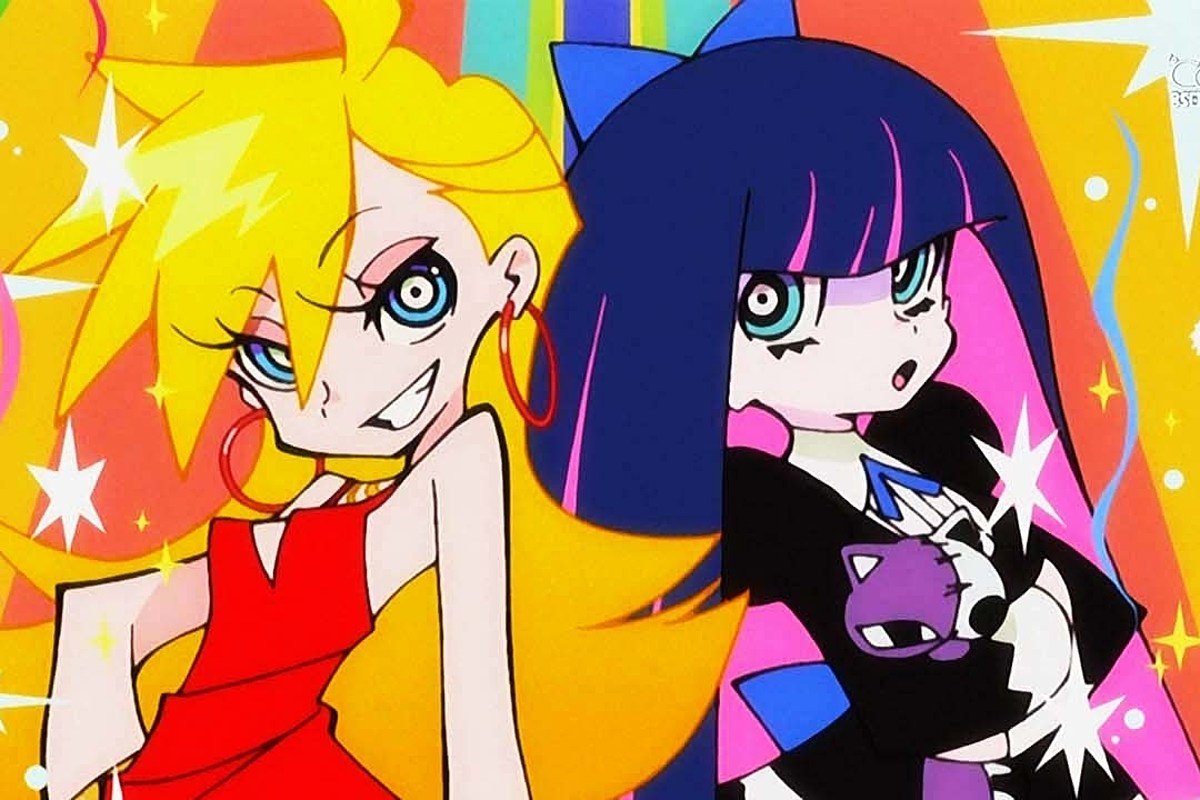
Panty & Stocking stands out for its unconventional animation style, which was heavily influenced by Western cartoons. The character designs are bold and exaggerated, featuring thick outlines and vibrant colors reminiscent of shows like “The Powerpuff Girls” and “Ren & Stimpy.” The animation is fluid and dynamic, incorporating rapid cuts, exaggerated movements, and comic book-inspired visual effects to enhance the series’ frenetic pace and comedic timing.
The humor in Panty & Stocking is unabashedly crude and often pushes the boundaries of good taste. The series revels in shock value, with frequent sexual innuendos, explicit language, and adult themes.
Each episode is structured into segments, each with its own unique storyline and style, allowing for diverse comedic scenarios ranging from toilet humor to pop culture references. Despite its adult-oriented humor, Panty & Stocking cleverly satirizes anime tropes and conventions, making it a parody-filled joyride for mature audiences.
The dynamic between Panty and Stocking forms the core of the series’ comedy. Panty is brash, hedonistic, and shamelessly promiscuous, while Stocking is more reserved, cynical, and addicted to sugary treats.
Their contrasting personalities lead to hilarious conflicts and banter throughout their adventures. Supporting characters like Garterbelt, the stern but wise mentor figure, and the villainous demon sisters Scanty and Kneesocks add further depth and humor to the ensemble cast.
One of Panty & Stocking’s standout features is its eclectic and energetic soundtrack. The series features a mix of catchy pop tunes, electronic beats, and rock music, perfectly complementing its fast-paced and chaotic atmosphere. Each episode’s soundtrack is carefully curated to match its distinct visual style and comedic tone, contributing to the uniqueness of the show’s presentation.
Despite its short run and divisive content, Panty & Stocking with Garterbelt has garnered a dedicated fanbase worldwide. The series’ bold artistic choices, irreverent humor, and memorable characters have made it a cult classic among anime enthusiasts who appreciate its unorthodox approach to storytelling.
While not for everyone due to its explicit content and unconventional style, Panty & Stocking remains a testament to anime’s capacity for creativity and innovation. Panty & Stocking with Garterbelt is a refreshingly audacious and boundary-pushing anime that defies expectations with its unconventional humor, bold animation style, and irreverent attitude.
Fans of adult-oriented comedy and those looking for a departure from traditional anime tropes will find plenty to enjoy in this wild and unpredictable series. If you’re ready for a hilariously outrageous ride through Daten City with Panty, Stocking, and Garterbelt, buckle up and prepare for a one-of-a-kind anime experience that’s as irreverent as it is entertaining.
2. Kill la Kill
Studio Trigger’s Kill la Kill stands out for its ability to seamlessly transition between A+ animation and chibi drawings, showcasing the studio’s knack for delivering over-the-top visuals.
Known for their extravagant animations in series like Promare and Cyberpunk Edgerunners, Studio Trigger excels in creating exaggerated and exhilarating scenes that fascinate viewers.

One of the highlights of Kill la Kill is the character Mako Mankanshoku, whose quirky interruptions and whimsical antics add an extra layer of enjoyment to the series. Whether she’s drawing her own conclusions or injecting humor into intense moments, Mako’s presence injects a dose of hilarity into the storyline.
The anime strikes a perfect balance between comedic relief, with its hilarious scenes and cutaways, and high-octane action sequences. This versatility allows Kill la Kill to fascinate audiences with its dynamic storytelling and diverse range of visuals.
However, it’s not all fun and games. Kill la Kill also ventures into the horrifying territory, with instances like Nui Harime breaking the fourth wall to issue threats or the visceral, first-person view of Satsuki getting pummeled by her mother. These moments add depth to the narrative, showcasing Studio Trigger’s ability to evoke a range of emotions in their audience.
Kill la Kil serves as a testament to Studio Trigger’s talent and creativity. As their first major series, it solidified their reputation for delivering memorable and boundary-pushing content that leaves a lasting impact on viewers.
Kill la Kill is a dynamic and action-packed anime series produced by Trigger and directed by Hiroyuki Imaishi. Originally airing in 2013, Kill la Kill quickly gained acclaim for its bold visual style, frenetic animation, and compelling narrative. Blending elements of action, comedy, and drama, the series offers a nice and exhilarating viewing experience from start to finish.
The story of Kill la Kill centers around Ryuko Matoi, a fierce and determined high school student on a quest to uncover the truth behind her father’s death. Armed with half of a scissor-shaped weapon known as the “Scissor Blade;
Ryuko transfers to Honnouji Academy, a prestigious institution ruled by the ruthless student council president, Satsuki Kiryuin. At Honnouji Academy, clothing plays a central role in society, with powerful “Goku Uniforms” granting extraordinary abilities to wearers.
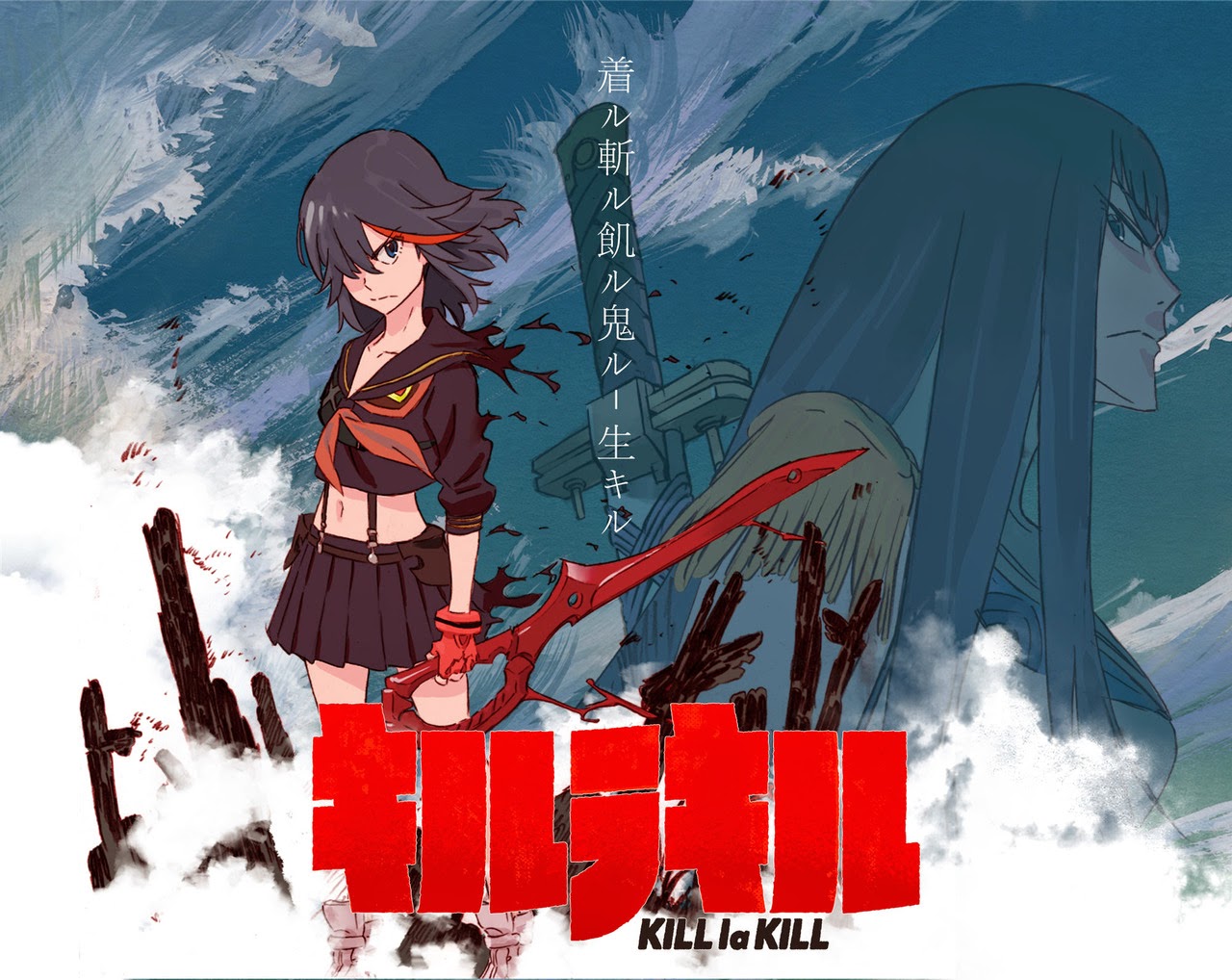
Ryuko’s journey intertwines with the mysterious sentient sailor uniform, Senketsu, which grants her incredible strength and abilities when worn. As she challenges the student council and its elite fighters, known as the “Elite Four,” Ryuko uncovers dark secrets about Honnouji Academy and its ties to her father’s demise, leading to epic confrontations and revelations that shape the course of her destiny.
One of Kill la Kill’s standout features is its bold and distinctive animation style. The series boasts dynamic and fluid action sequences, exaggerated character designs, and a vibrant color palette that amplifies its energetic tone. Hiroyuki Imaishi’s direction infuses every frame with a sense of kinetic energy and intensity, creating visually stunning battles and memorable character interactions.
Kill la Kill explores themes of rebellion, empowerment, and self-discovery against a backdrop of societal conformity and authoritarian rule. Ryuko’s journey from a determined outsider to a formidable force challenging the status quo is compelling and resonant. The series also goes into complex relationships between characters, particularly Ryuko’s evolving dynamic with Satsuki and the Elite Four.
Each character in Kill la Kill is distinct and memorable, with motivations and backstories that add depth to the narrative. From the brash and fearless Ryuko to the enigmatic and calculating Satsuki, the cast contributes to the series’ themes and conflicts.
The music in Kill la Kill, composed by Hiroyuki Sawano, complements the series’ high-octane action sequences and emotional moments. The soundtrack features a mix of intense orchestral pieces, rock anthems, and electronic tracks that enhance the intensity and drama of key scenes.
The voice acting, led by Ami Koshimizu as Ryuko and Ryoka Yuzuki as Satsuki, is top-notch, capturing the personalities and emotions of the characters with aplomb. The voice cast brings authenticity and depth to their roles, further elevating the impact of the series’ dramatic and comedic beats.
Kill la Kill received widespread critical acclaim for its innovative storytelling, characters, and groundbreaking animation. The series attracted a devoted fanbase worldwide and left a lasting impact on the anime industry, influencing subsequent works with its bold approach to genre conventions and visual aesthetics.
The success of Kill la Kill led to the production of various spin-off manga, video games, and merchandise, solidifying its status as a modern classic within the anime canon. The series continues to resonate with audiences for its exhilarating action, thematic depth, and memorable characters.
Kill la Kill is a standout anime that excels in storytelling, animation, and thematic exploration. With its dynamic action sequences, compelling characters, and thought-provoking themes, the series offers a thrilling and unforgettable viewing experience.
Whether you’re a seasoned anime enthusiast or new to the genre, Kill la Kill is a must-watch that showcases the creative heights of the medium. Ryuko Matoi’s journey of rebellion and empowerment in this spirited and unconventional anime gem.
1. Star Wars Visions
Star Wars Visions marks a groundbreaking collaboration between seven anime studios and Lucasfilm/Disney, showcasing a diverse range of animation styles across each short film. From the monochromatic homage to Kurosawa in The Duel to the vibrant and colorful world of T0-B1, each segment presents a unique visual experience.
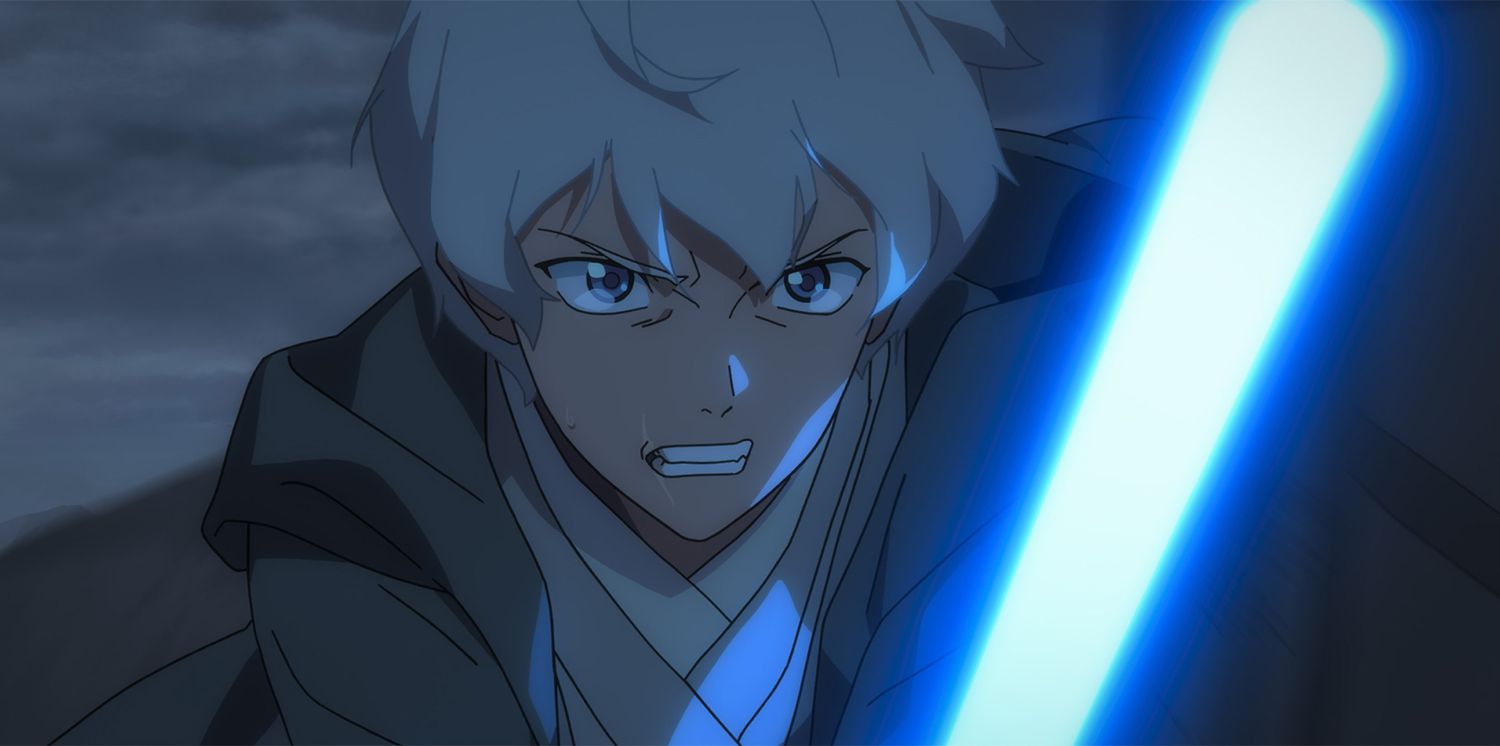
It’s not an exaggeration to say that every shot is a work of art in its own right. Whether it’s the sense of childlike wonder, the thrilling lightsaber duels, or the intense glares exchanged before battles, each segment has its standout moments. The blend of traditional animation and CGI, as seen in The Duel, adds depth and variety to the presentation, setting each short apart from the rest.
Fans familiar with Studio Trigger’s distinct style will likely recognize their handiwork in The Twins, a fascinating exploration of a what-if scenario where Luke and Leia are raised by the Empire.
However, they might be surprised to discover Studio Trigger’s involvement in the more subdued The Elder, which follows a Jedi master and apprentice on a quest to confront a Sith.
Another notable studio involved in Star Wars Visions is Production I.G., known for their work on The Ninth Jedi. While this segment is a collaborative effort, it doesn’t diminish its impact, as it delivers a compelling narrative set within the Star Wars universe.
Star Wars Visions showcases the incredible talent and creativity of both anime studios and Lucasfilm/Disney, offering fans a fascinating glimpse into the Star Wars galaxy through the lens of Japanese animation.
“Star Wars: Visions” is a unique anime anthology series that takes the iconic Star Wars universe and interprets it through the lens of various renowned Japanese animation studios. Released on Disney+ in September 2021, this series consists of nine standalone episodes, each presenting a distinct story set in the Star Wars galaxy.
One of the most striking aspects of “Star Wars: Visions” is the diverse art styles showcased in each episode. The anime format allows for a broad range of visual interpretations, from traditional hand-drawn animation reminiscent of classic anime to more modern CGI techniques. Each studio brings its own artistic flair and cultural influences, resulting in a visually nice and imaginative exploration of Star Wars.
Each episode in “Star Wars: Visions” tells a self-contained story, offering a refreshing departure from the traditional Star Wars saga format. These narratives range from character-driven dramas to action-packed adventures, and they explore themes of honor, destiny, redemption, and the struggle between good and evil. By weaving in elements of Japanese folklore, mythology, and storytelling traditions, the series breathes new life into the familiar Star Wars universe.
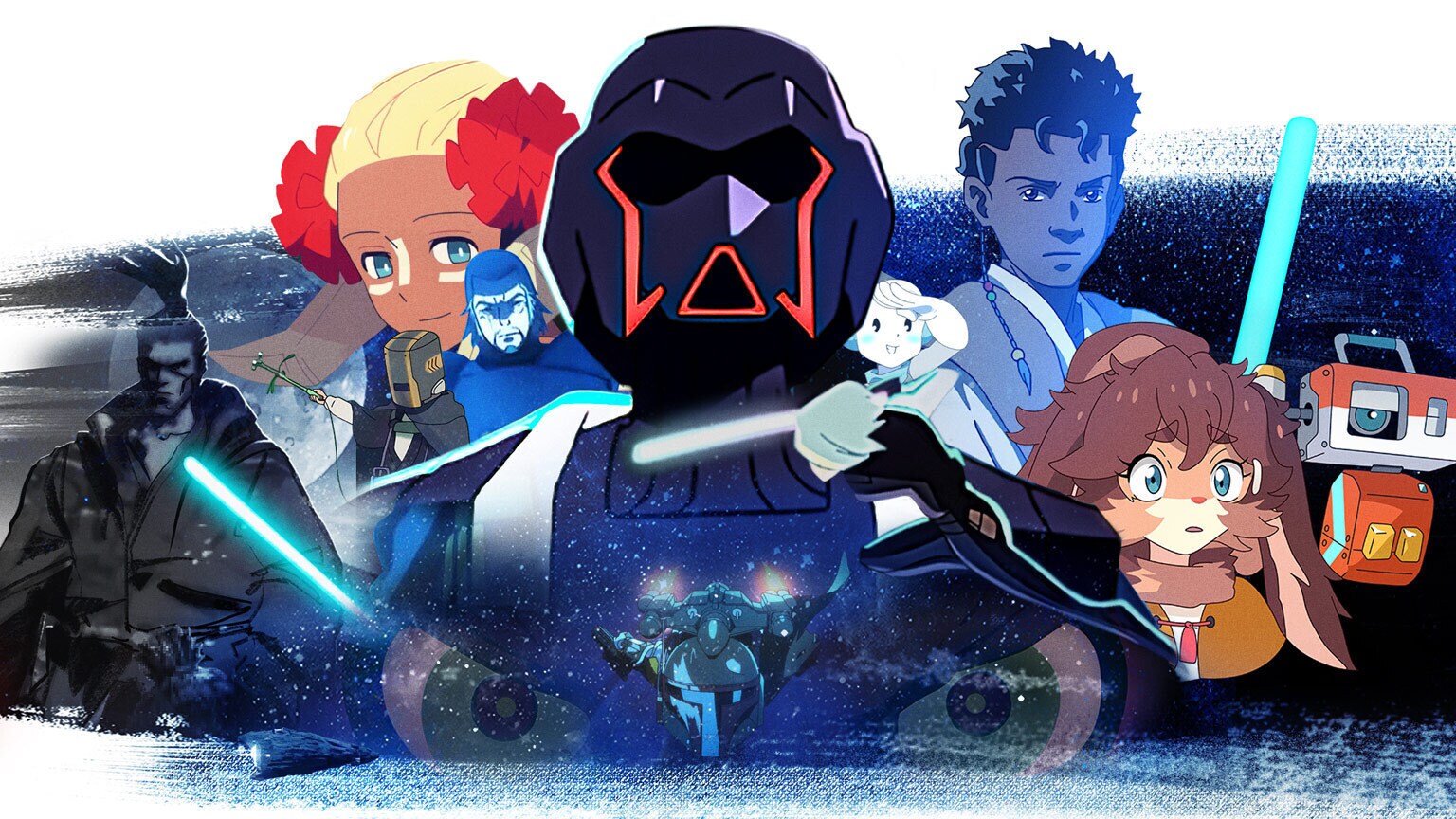
Star Wars: Visions serves as a celebration of cultural exchange, blending the distinct aesthetic and narrative elements of anime with the Star Wars universe. The series highlights the global appeal of Star Wars by integrating Japanese storytelling techniques and cultural references into its narrative framework. This fusion not only introduces Star Wars to new audiences but also enriches the franchise with fresh perspectives and creative interpretations.
For Star Wars enthusiasts, “Visions” offers a novel approach to exploring the galaxy far, far away. Each episode introduces unique characters, planets, and concepts, expanding the mythology in unexpected ways. Fans of anime will appreciate the homage paid to various anime genres, from samurai epics to mecha battles, all reimagined within the Star Wars context. This creative crossover sparks imaginative discussions and speculation within the fan community.
Star Wars: Visions” received generally positive reviews from critics and audiences alike. The anthology format allowed for experimentation and creativity, with standout episodes earning praise for their storytelling and animation quality. Viewers appreciated the series’ commitment to embracing the anime medium while remaining faithful to the core themes of Star Wars.
Among the standout episodes of “Star Wars: Visions” are “The Duel,” directed by Takanobu Mizuno, which introduces a mysterious wandering Sith and a small village under threat;
“The Ninth Jedi,” directed by Kenji Kamiyama, explores the legacy of the Jedi Order in a galaxy where lightsaber-wielding warriors are few and far between; and “T0-B1,” directed by Abel Góngora, which follows the heartwarming journey of a droid with a talent for storytelling.
Star Wars: Visions is a must-watch for both Star Wars aficionados and anime enthusiasts. It’s a testament to the boundless creativity that emerges when two iconic storytelling traditions converge. Whether you’re drawn to the rich lore of Star Wars or the vibrant world of anime, “Visions” offers a fresh and exhilarating journey through the galaxy, expanding the horizons of what Star Wars can be.

